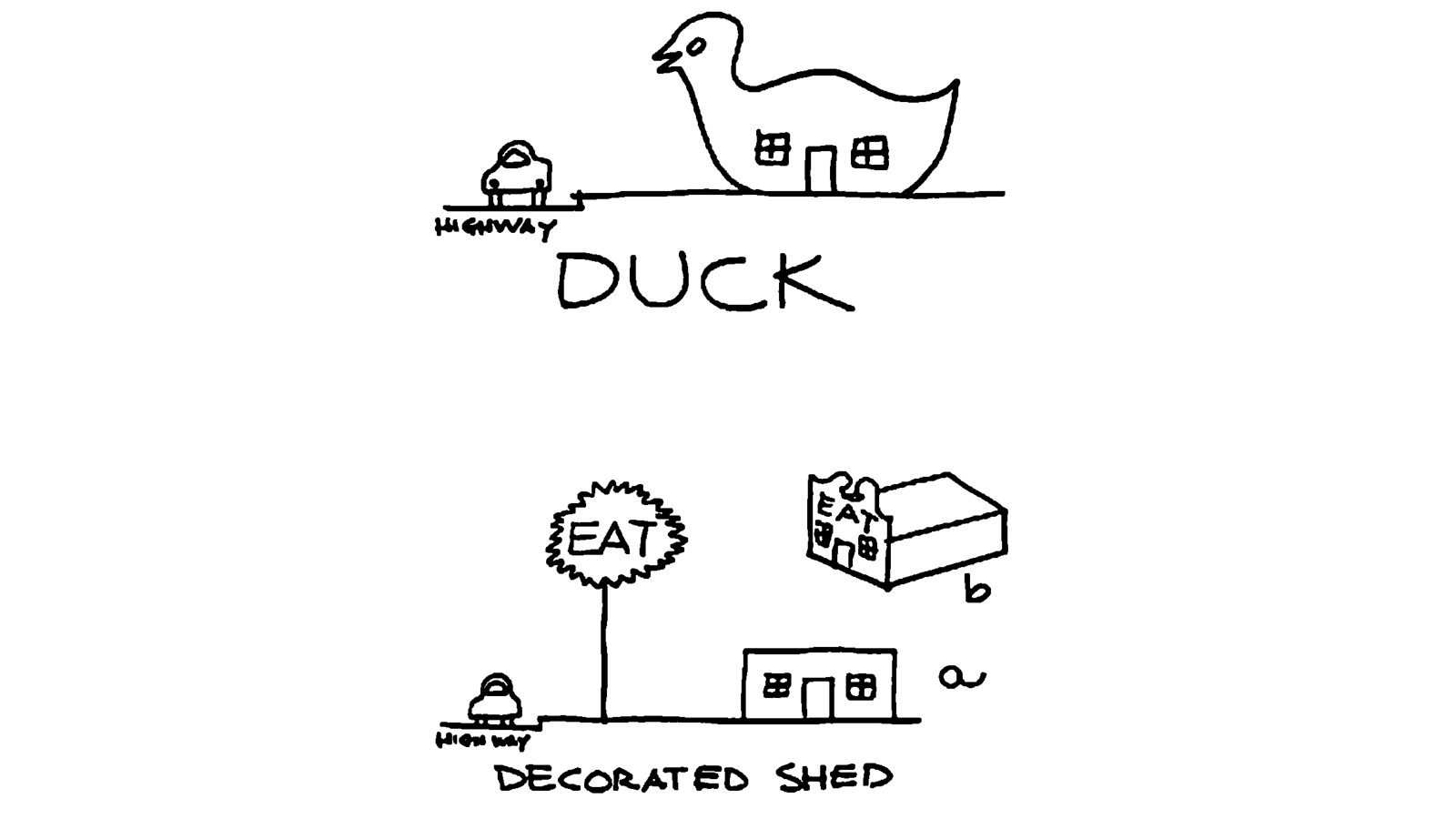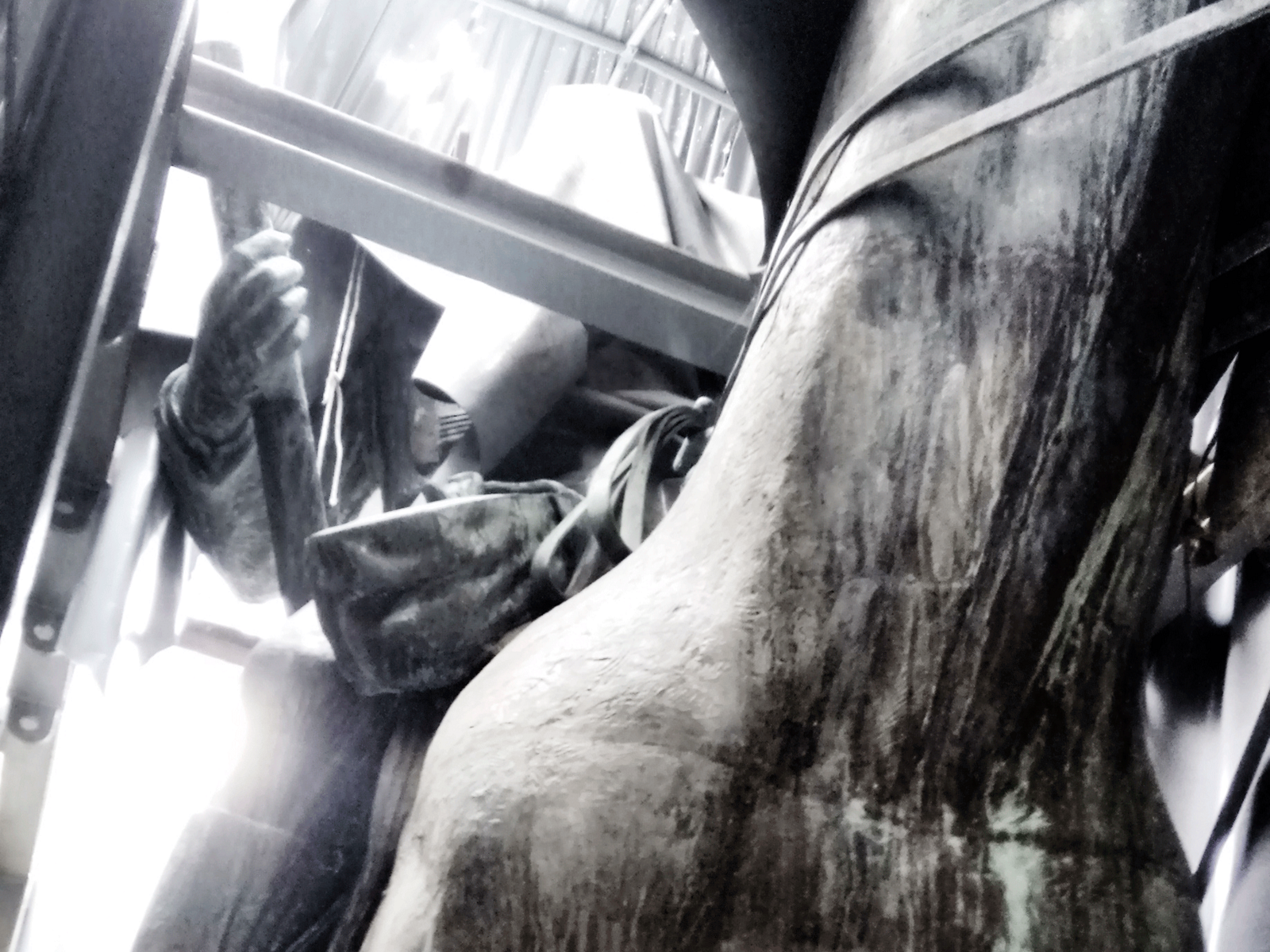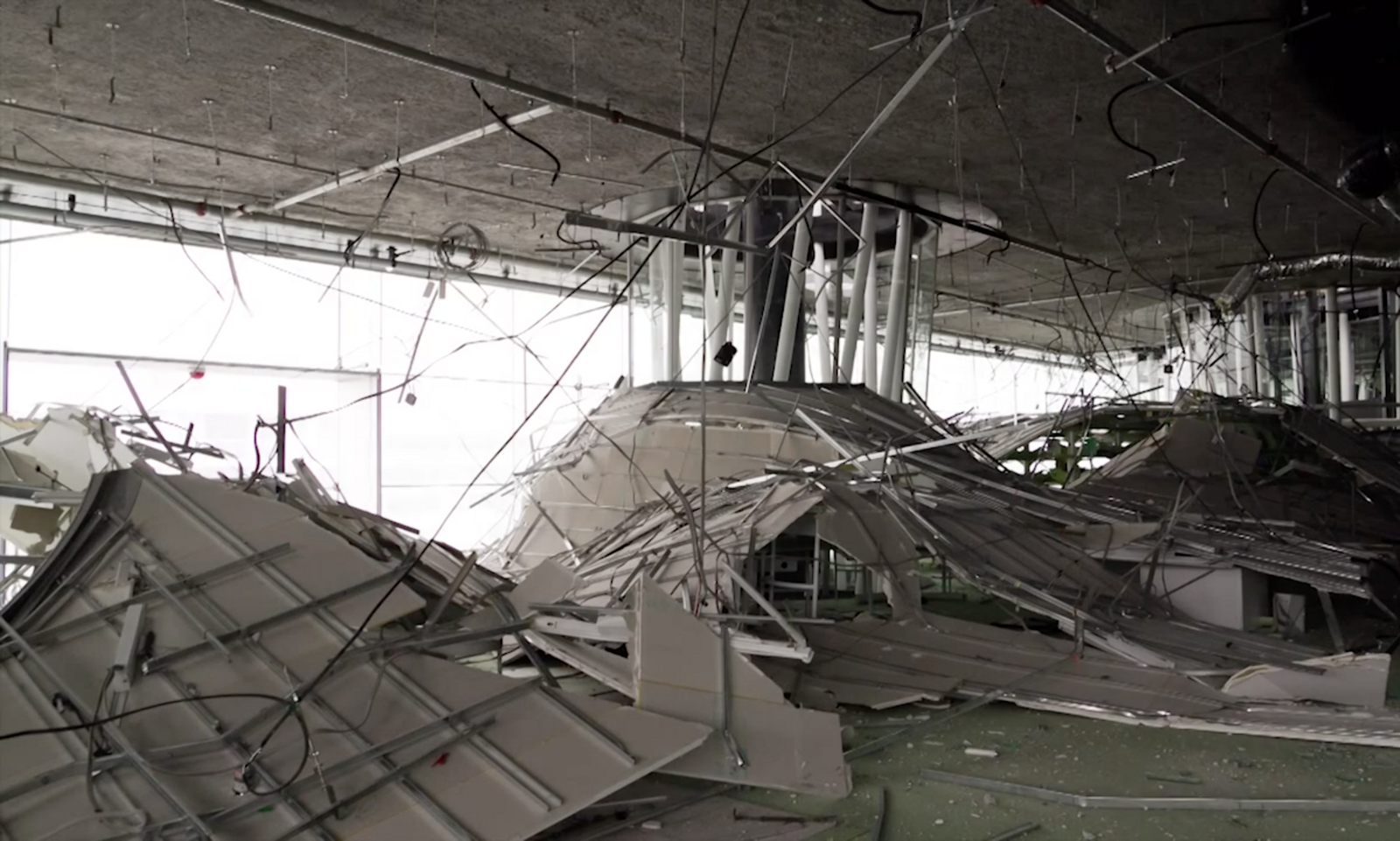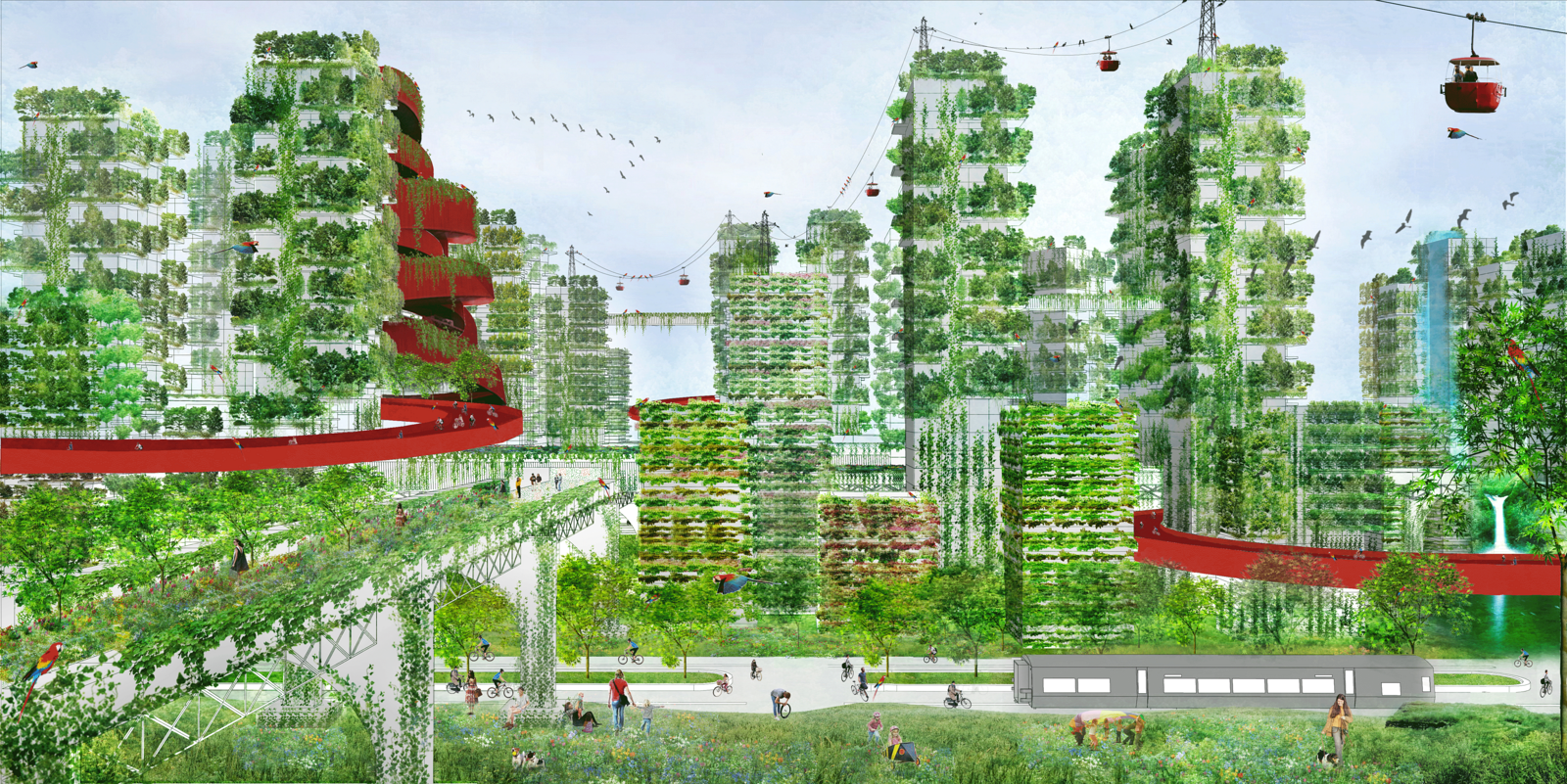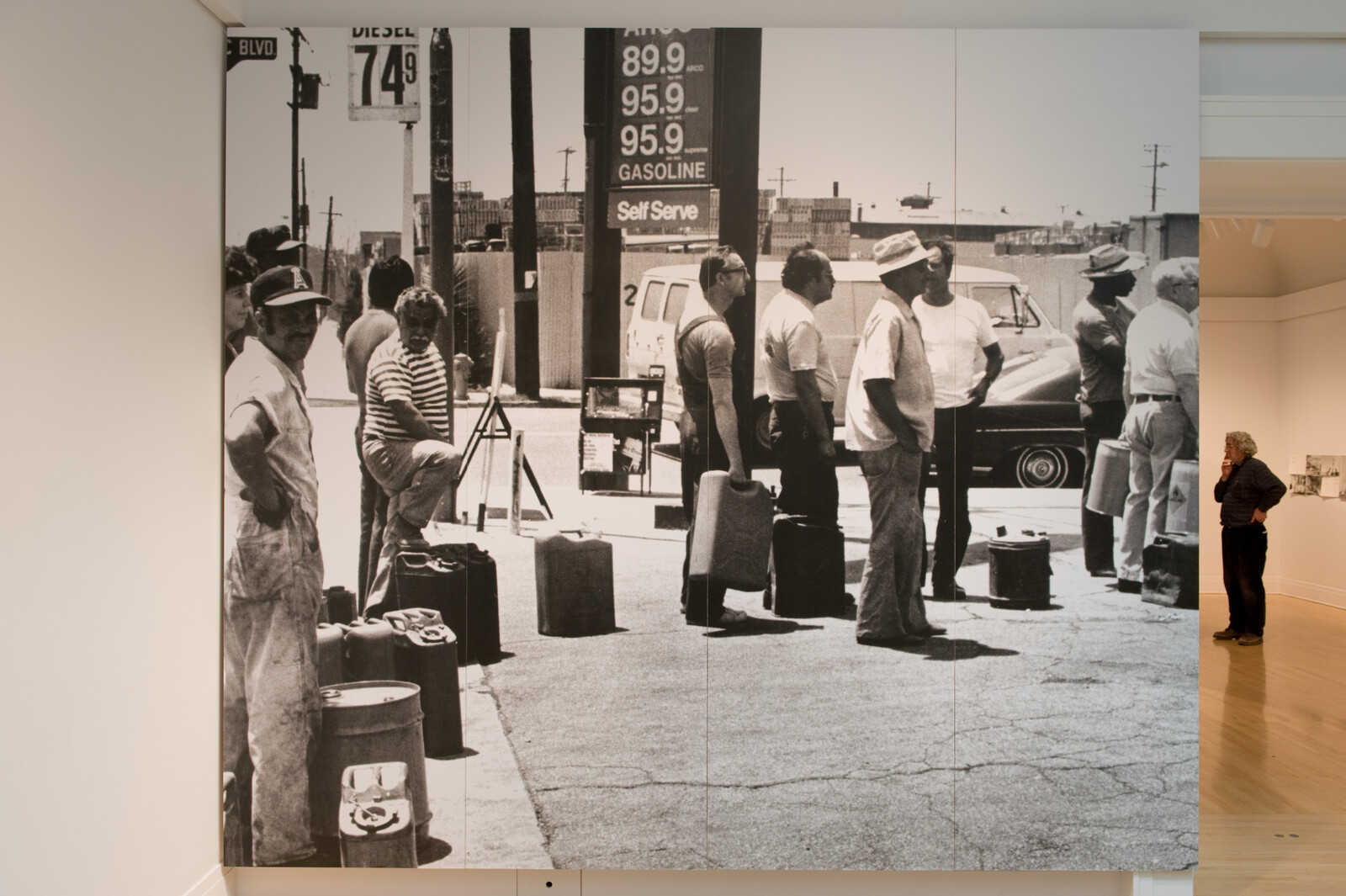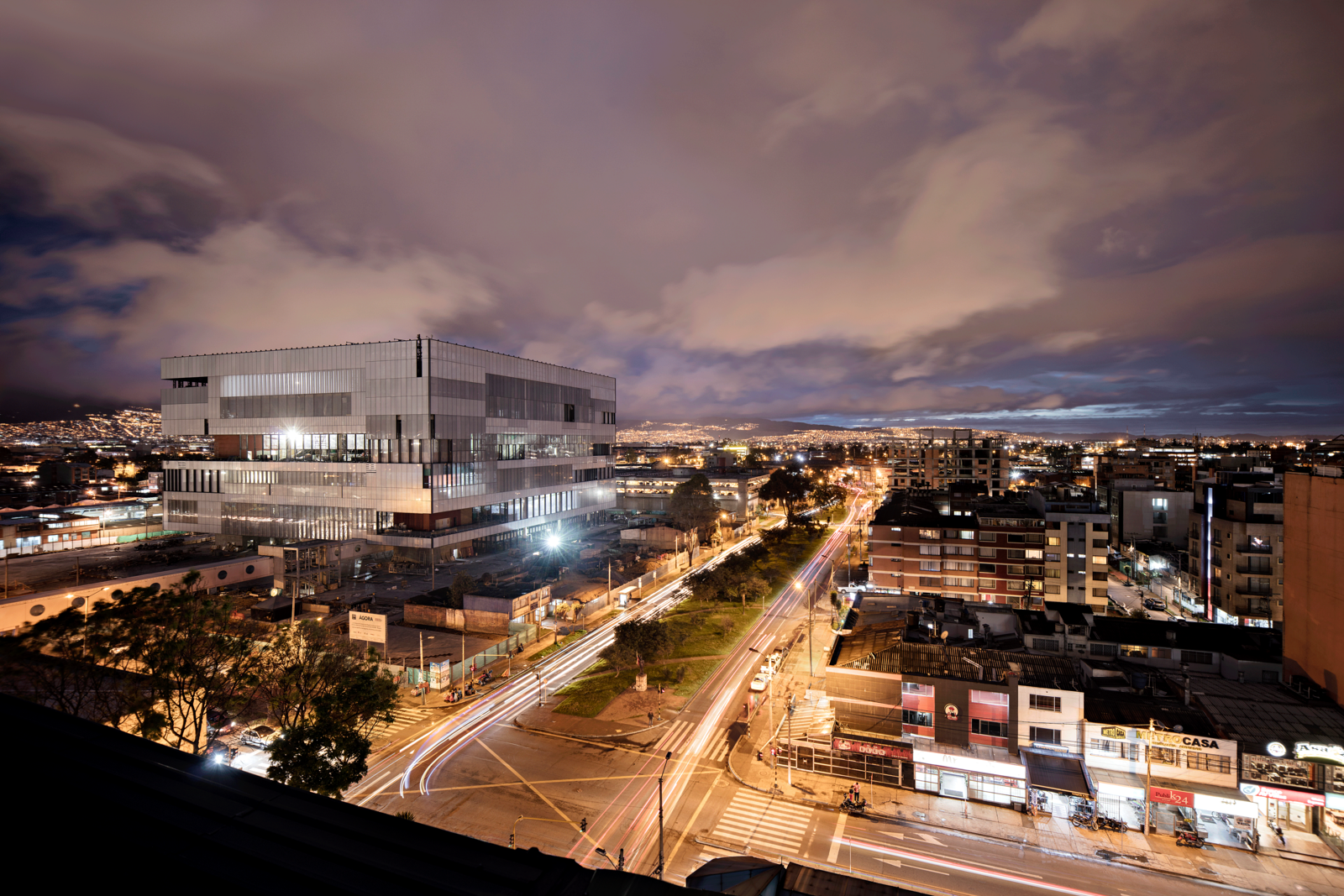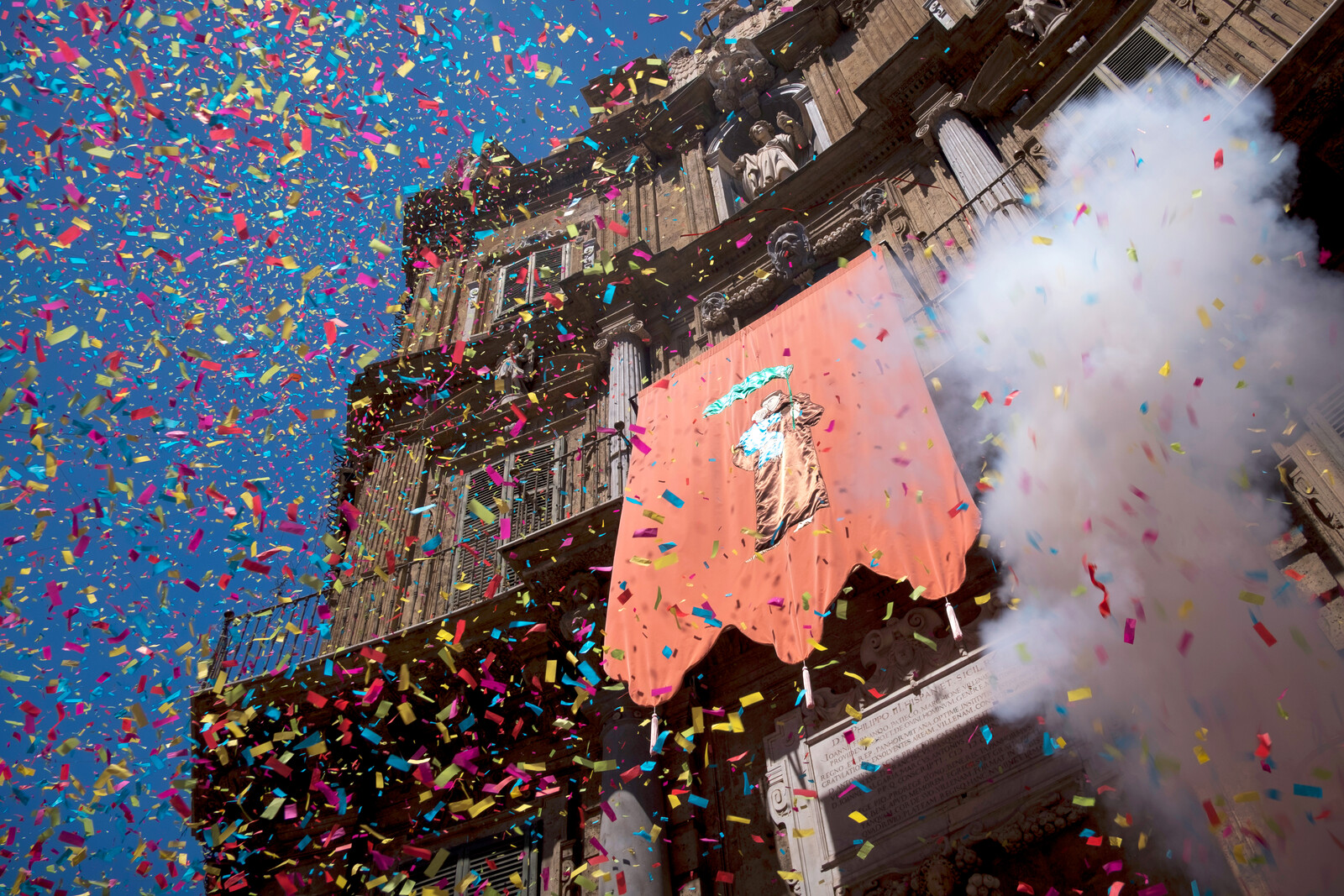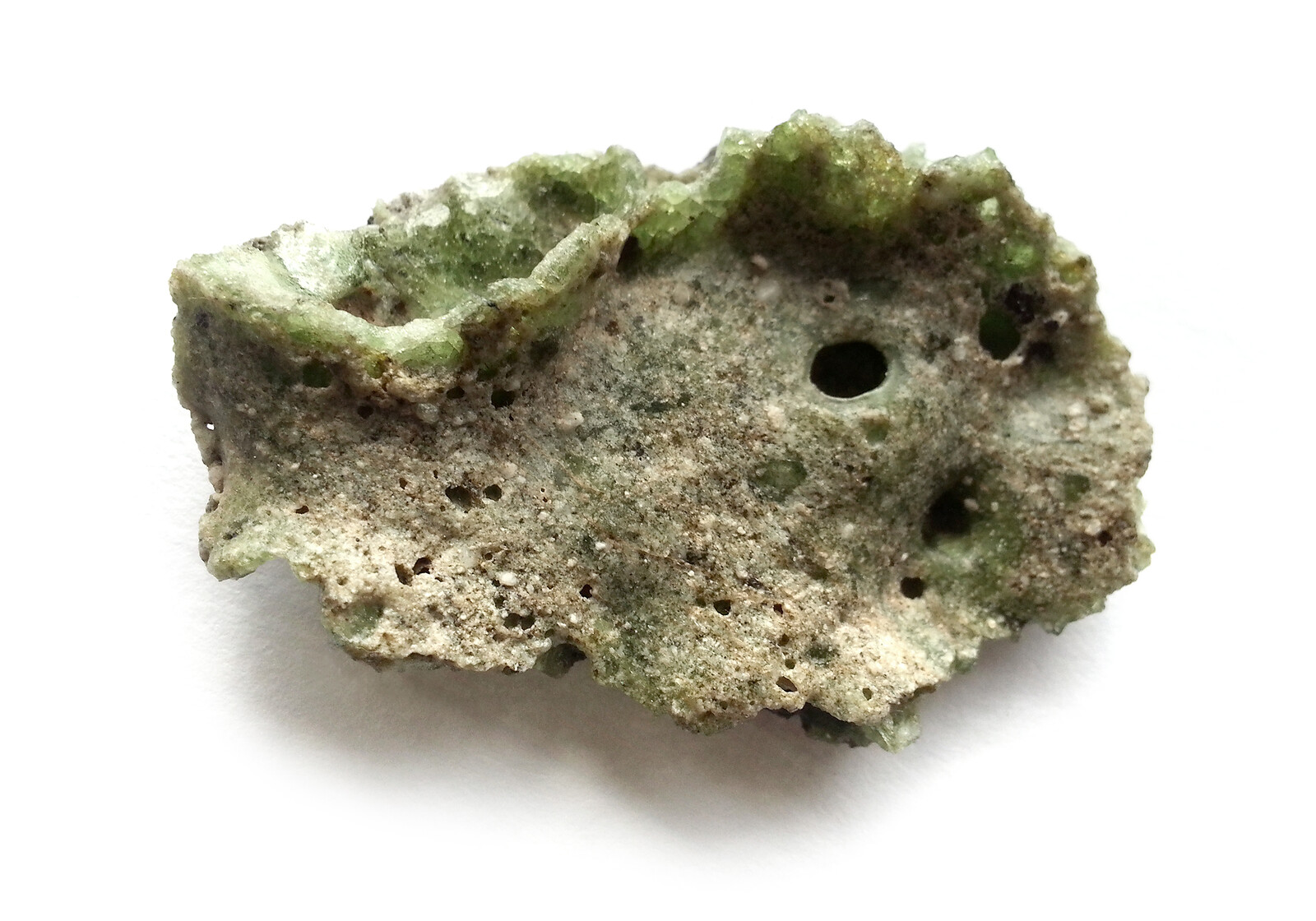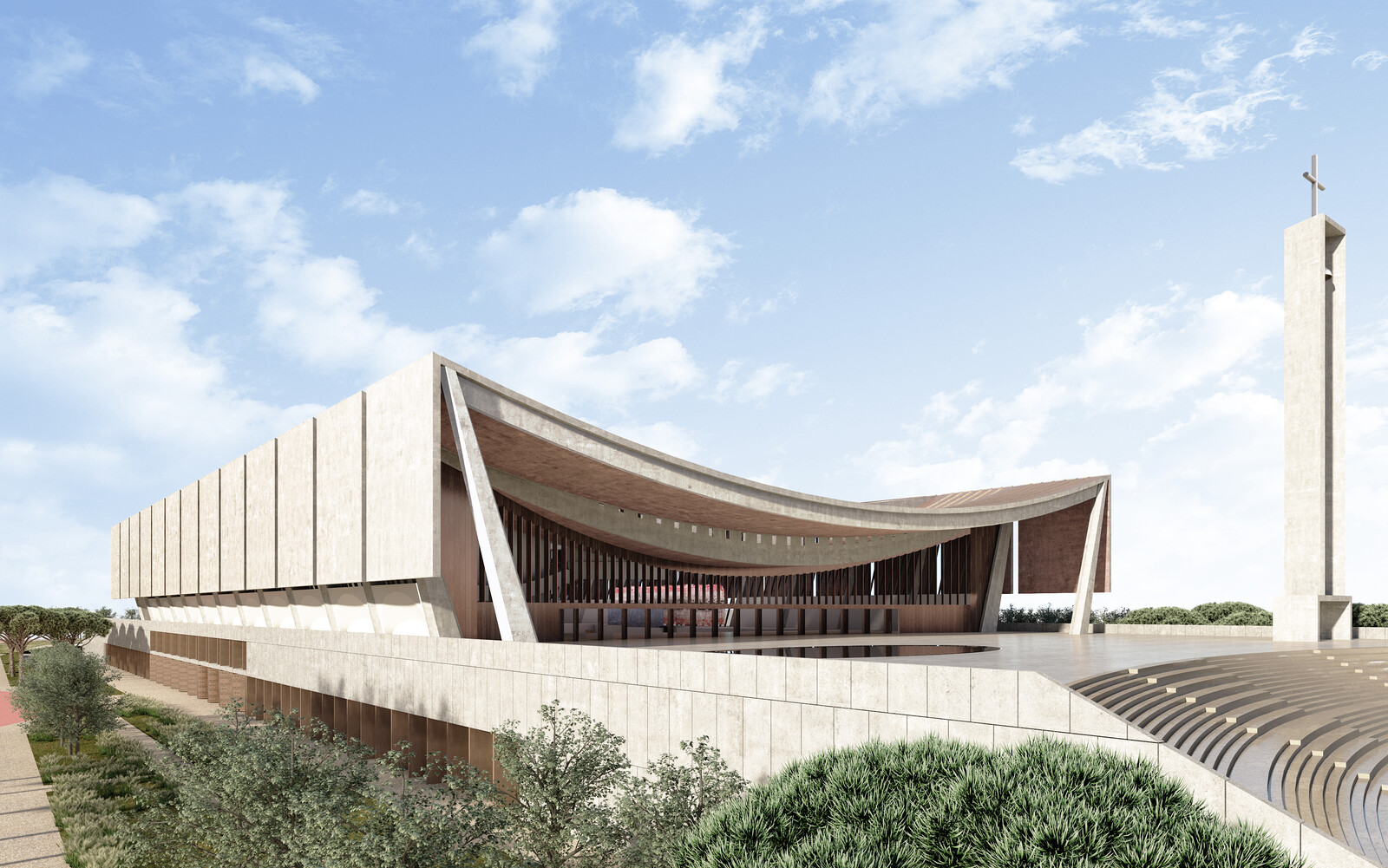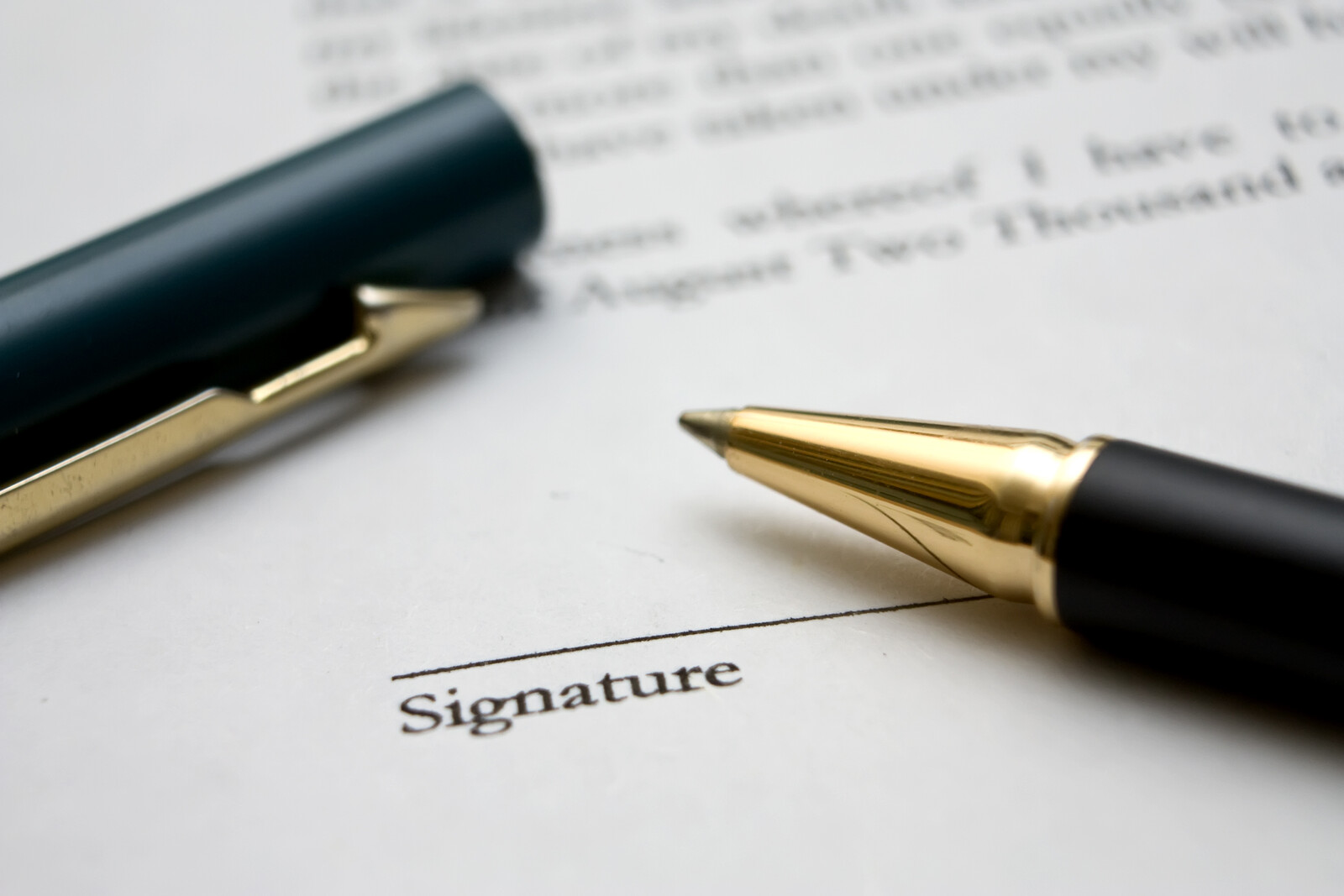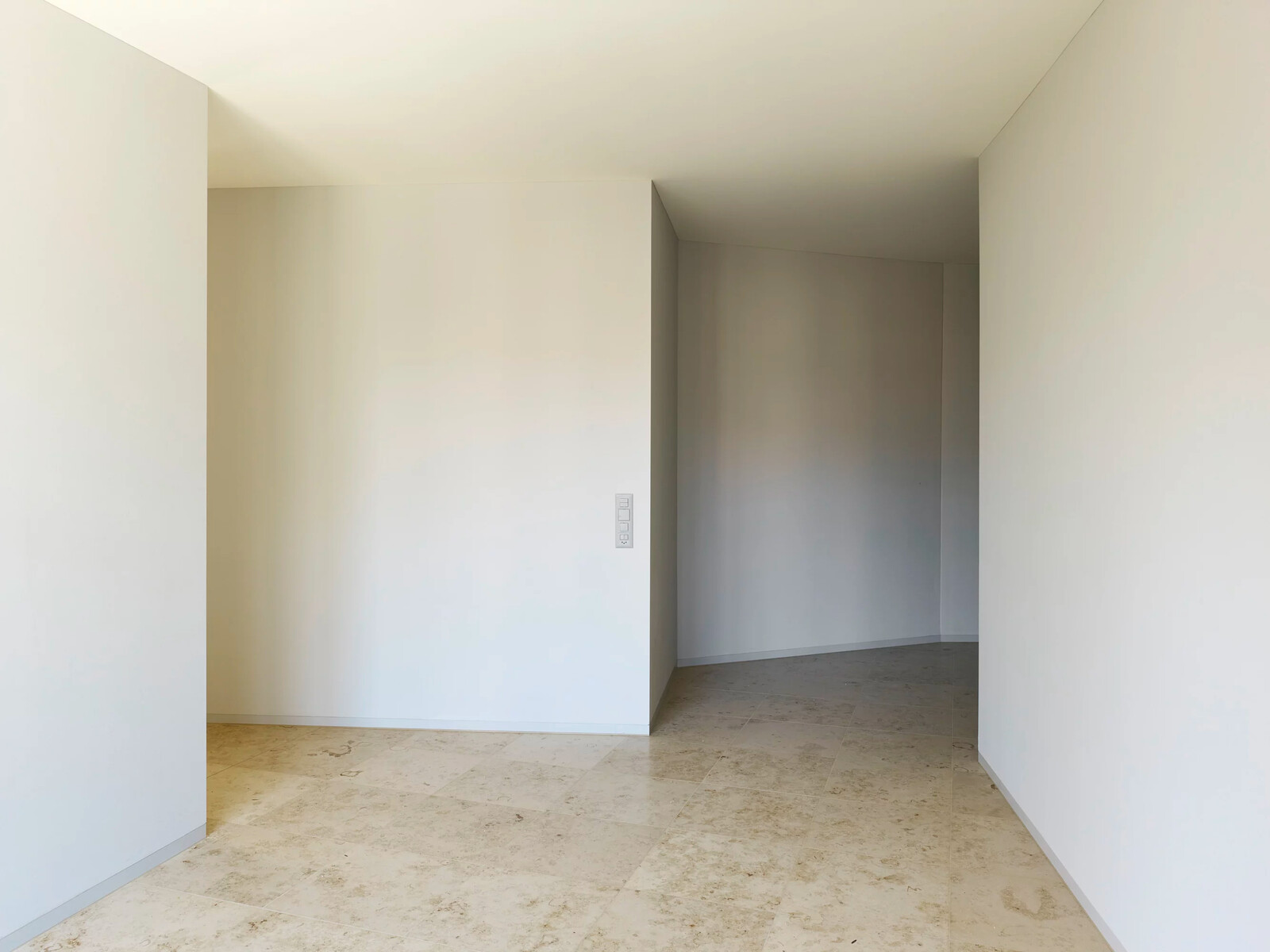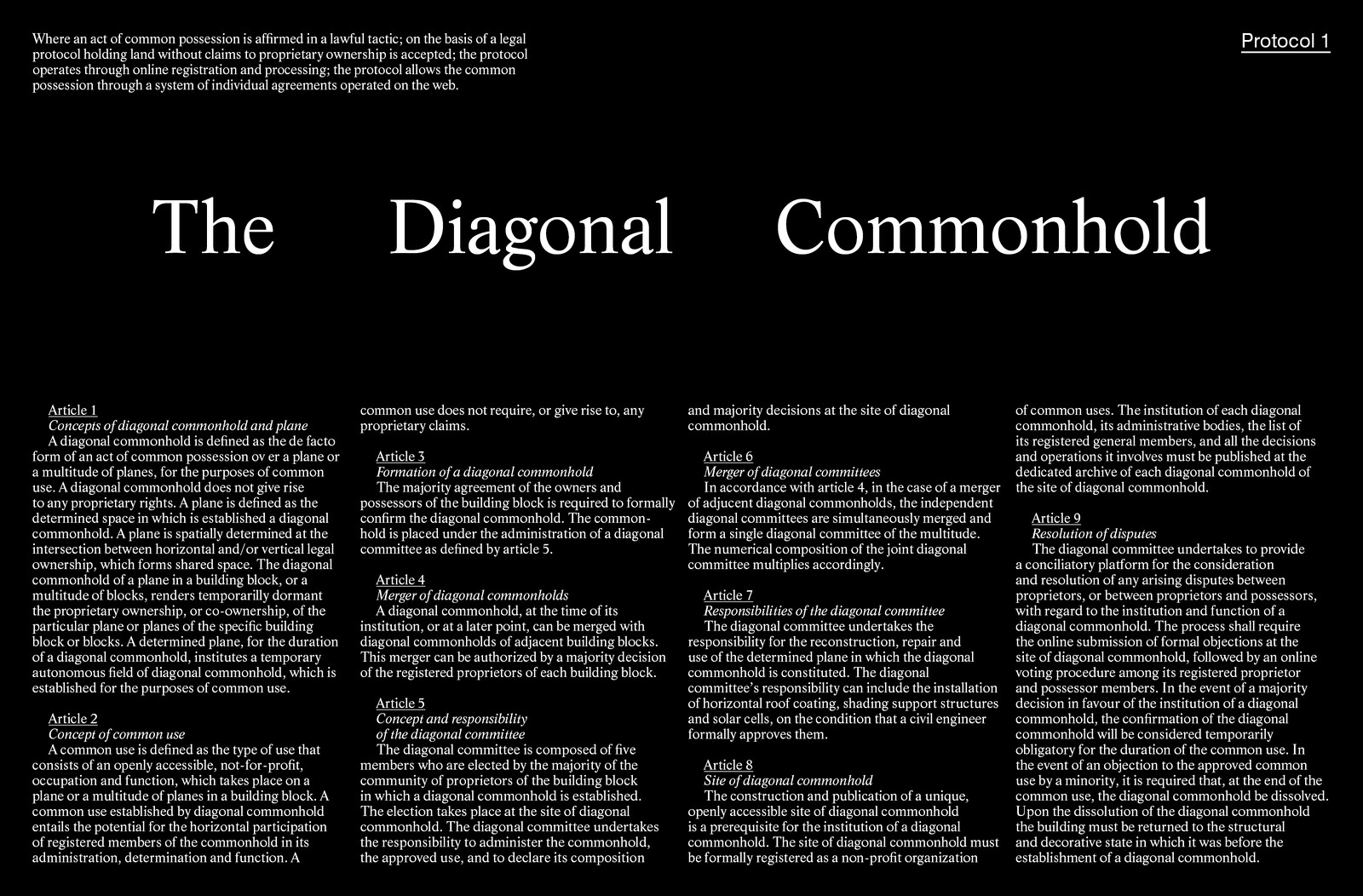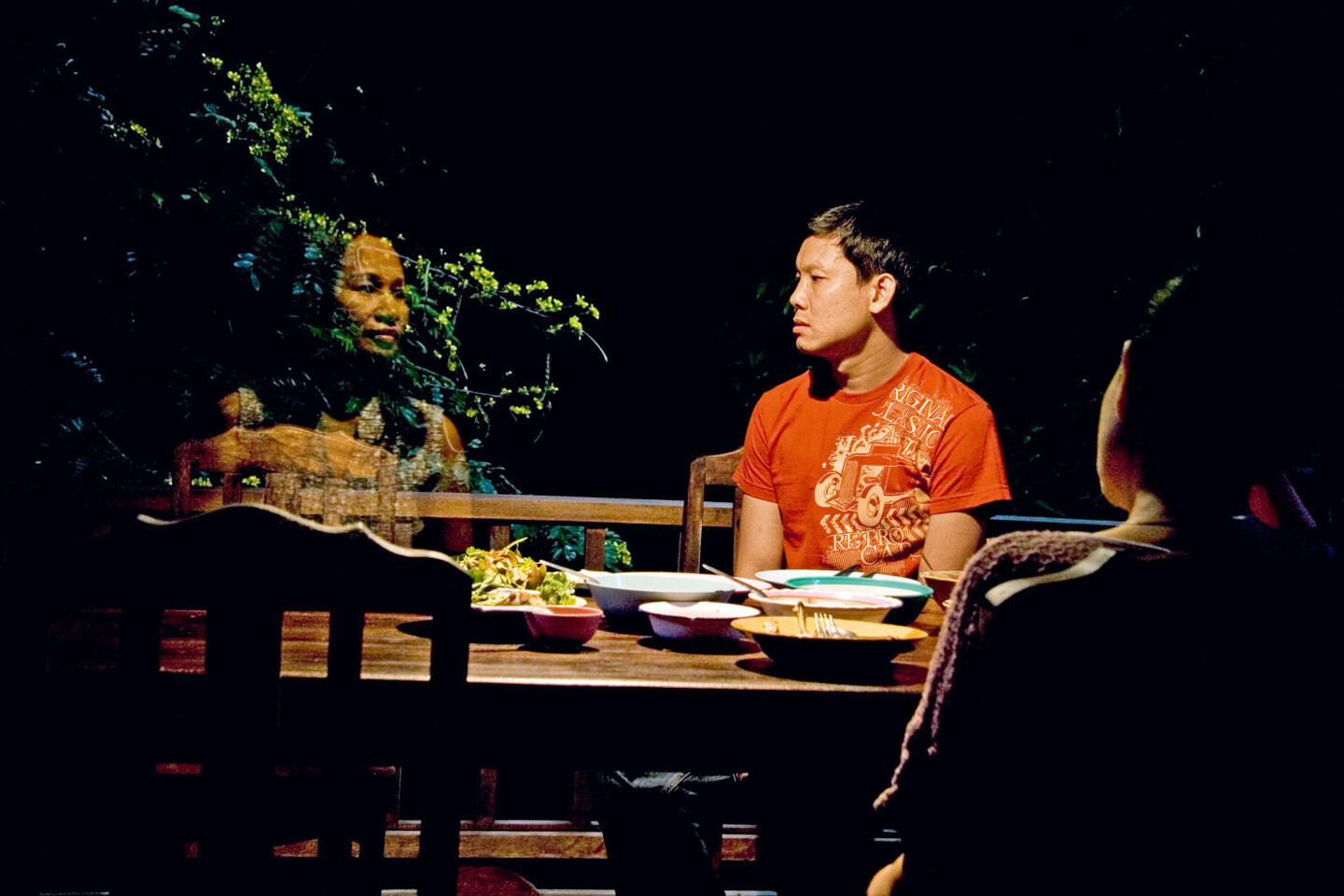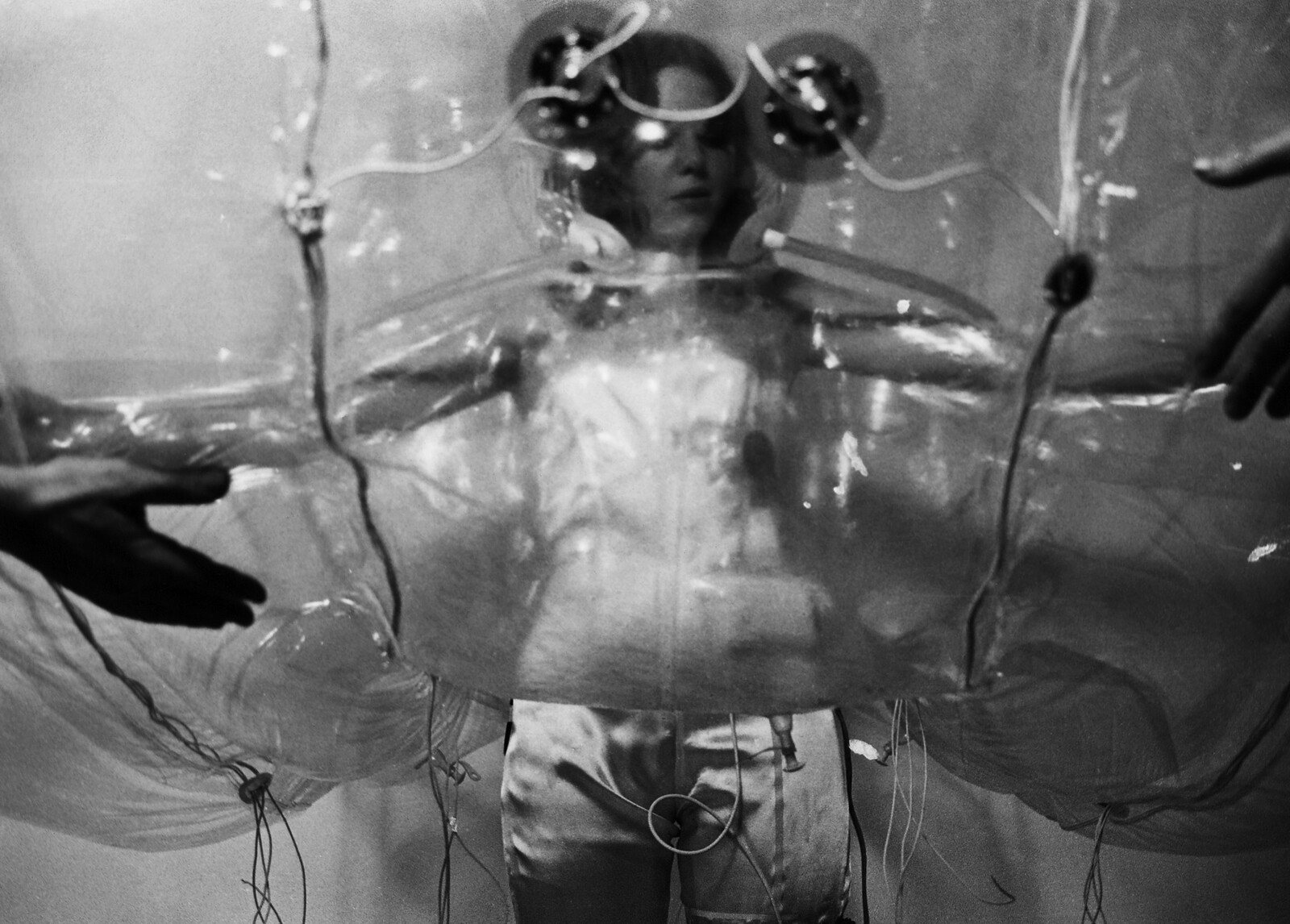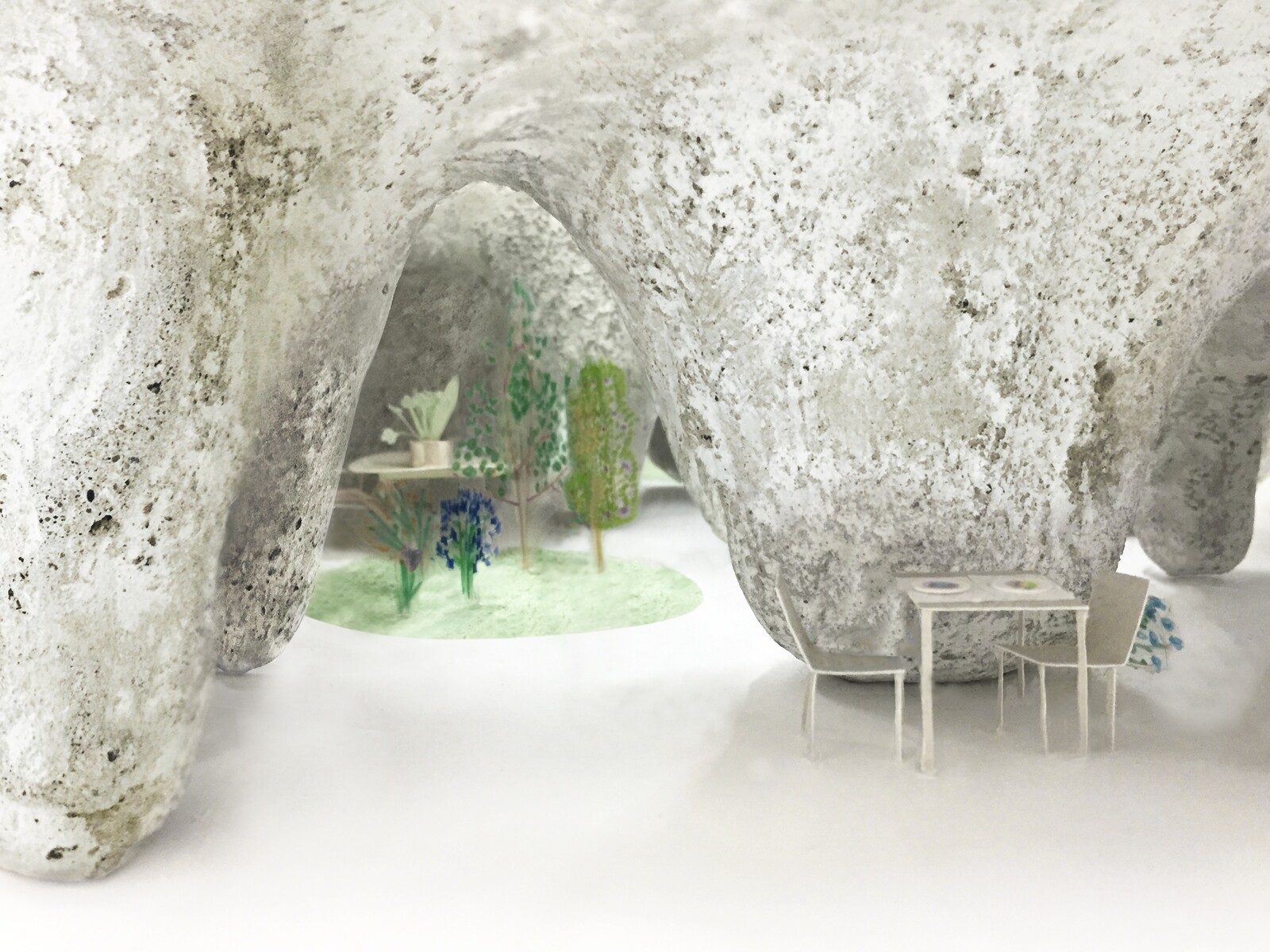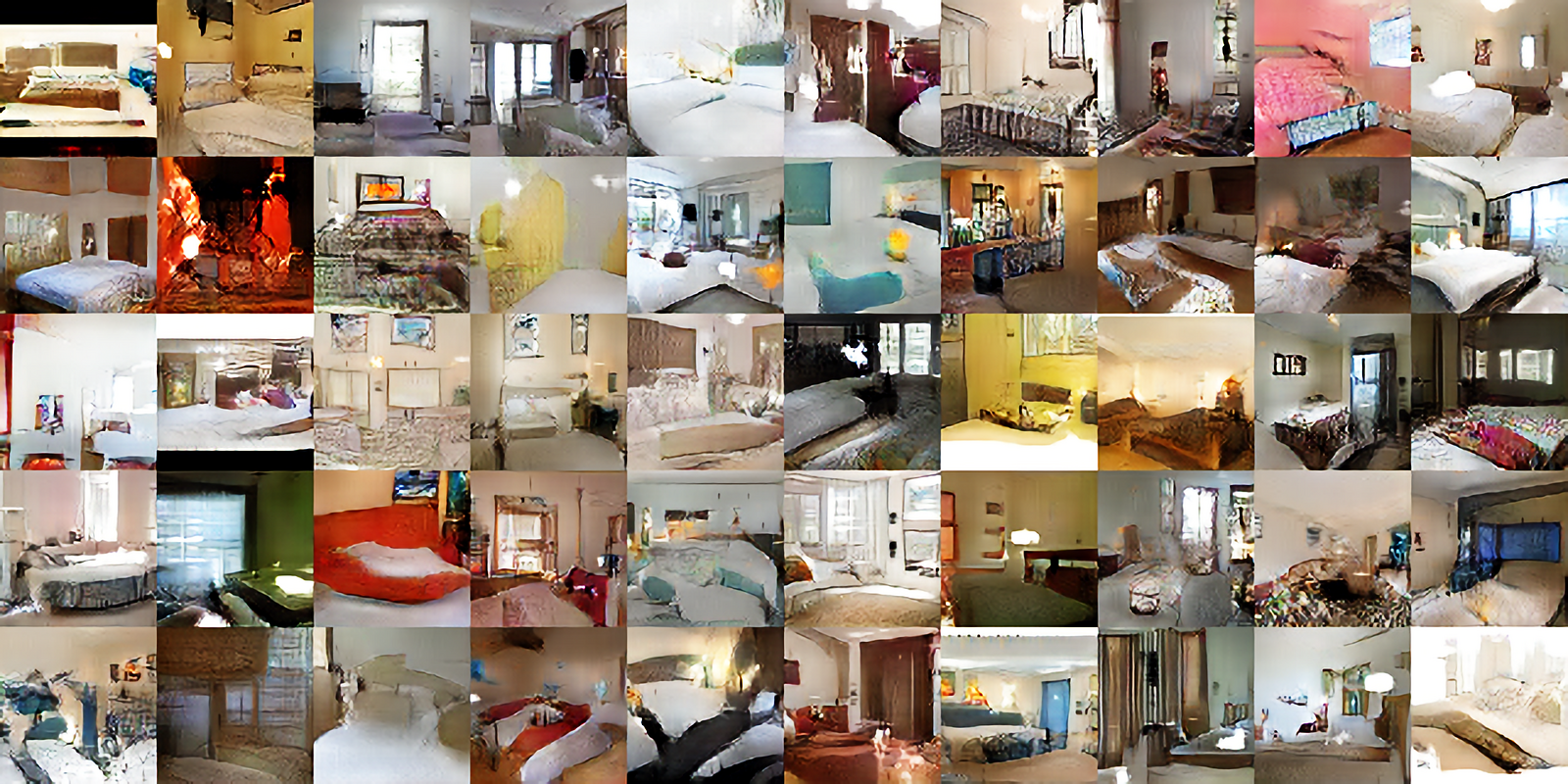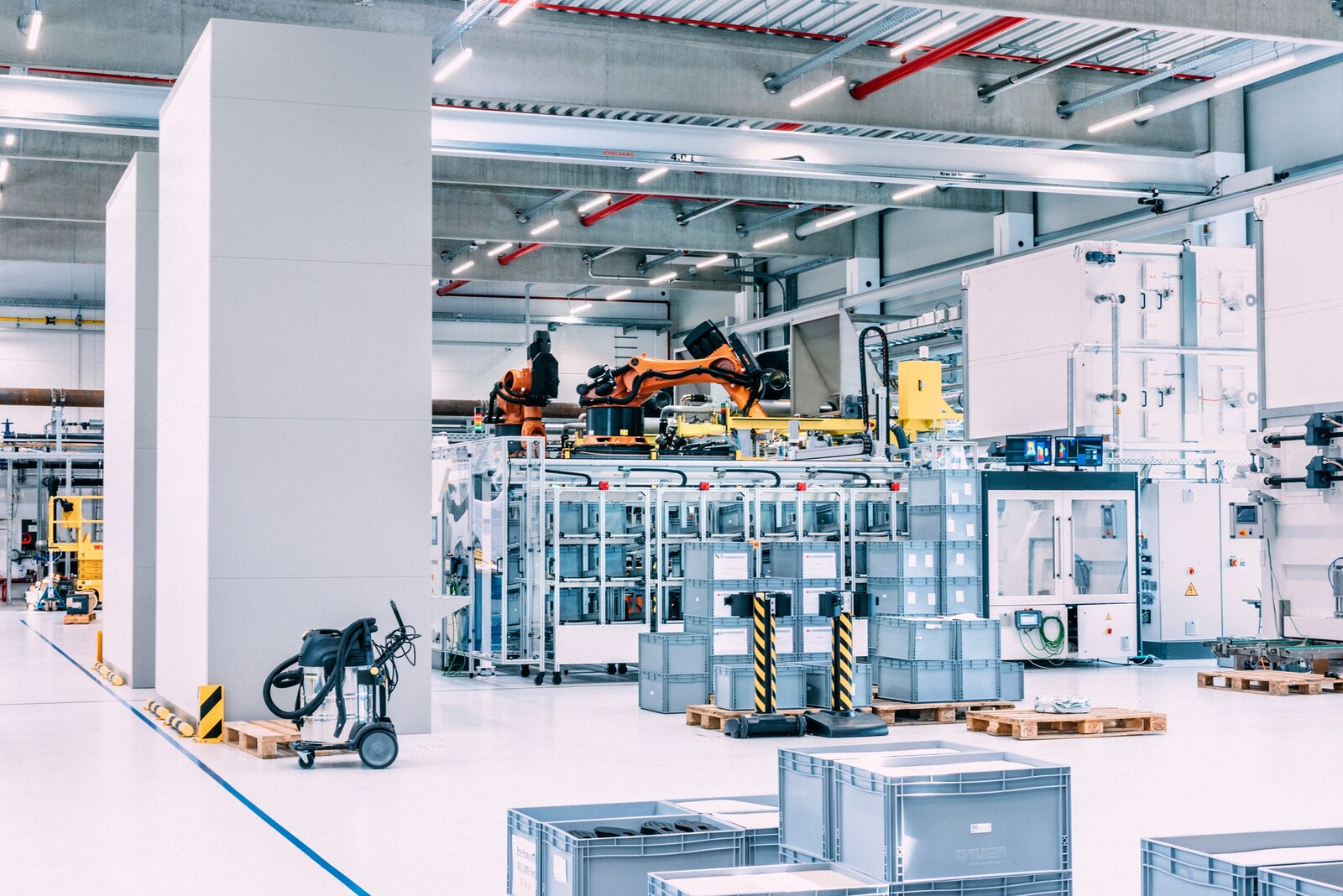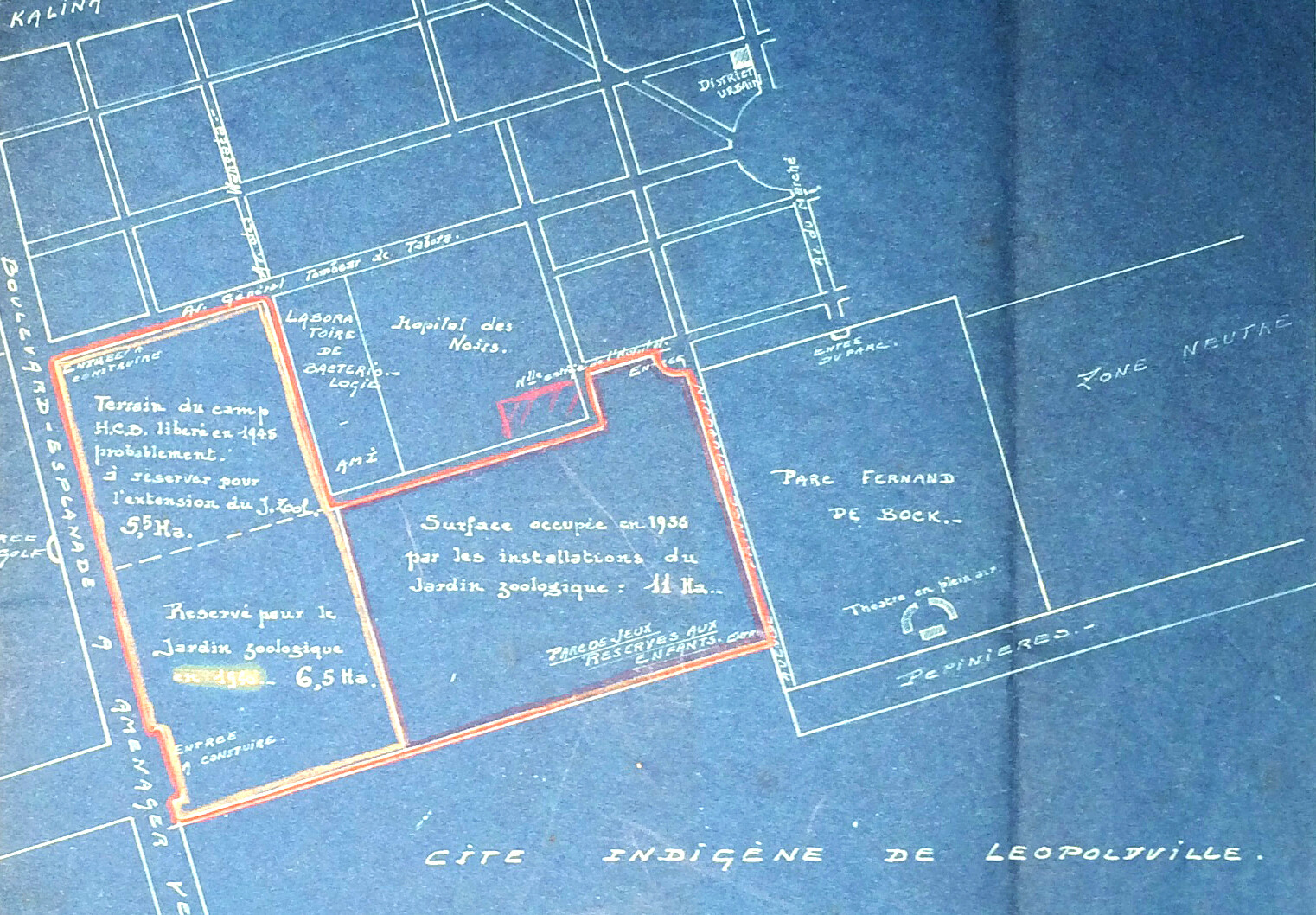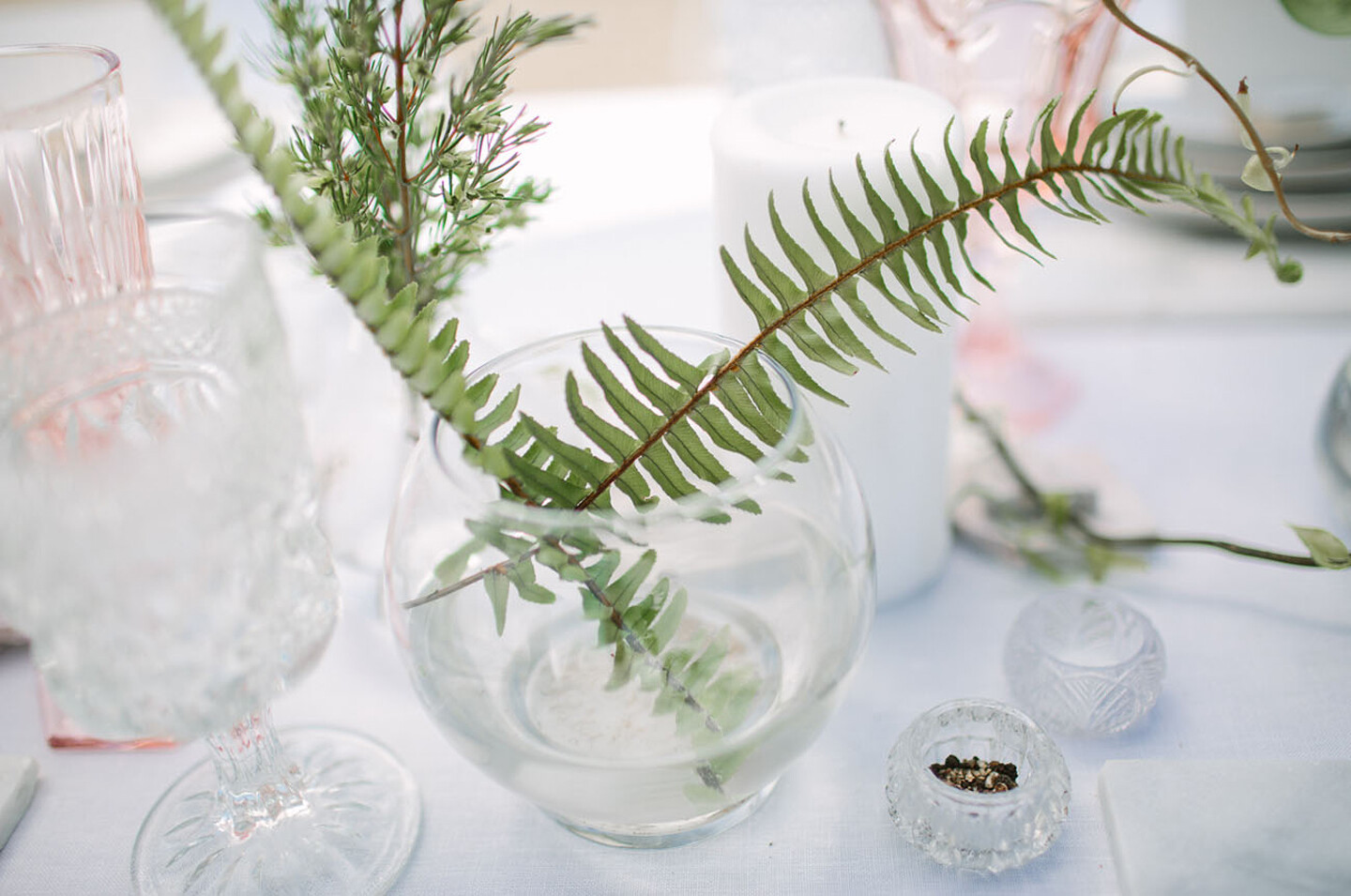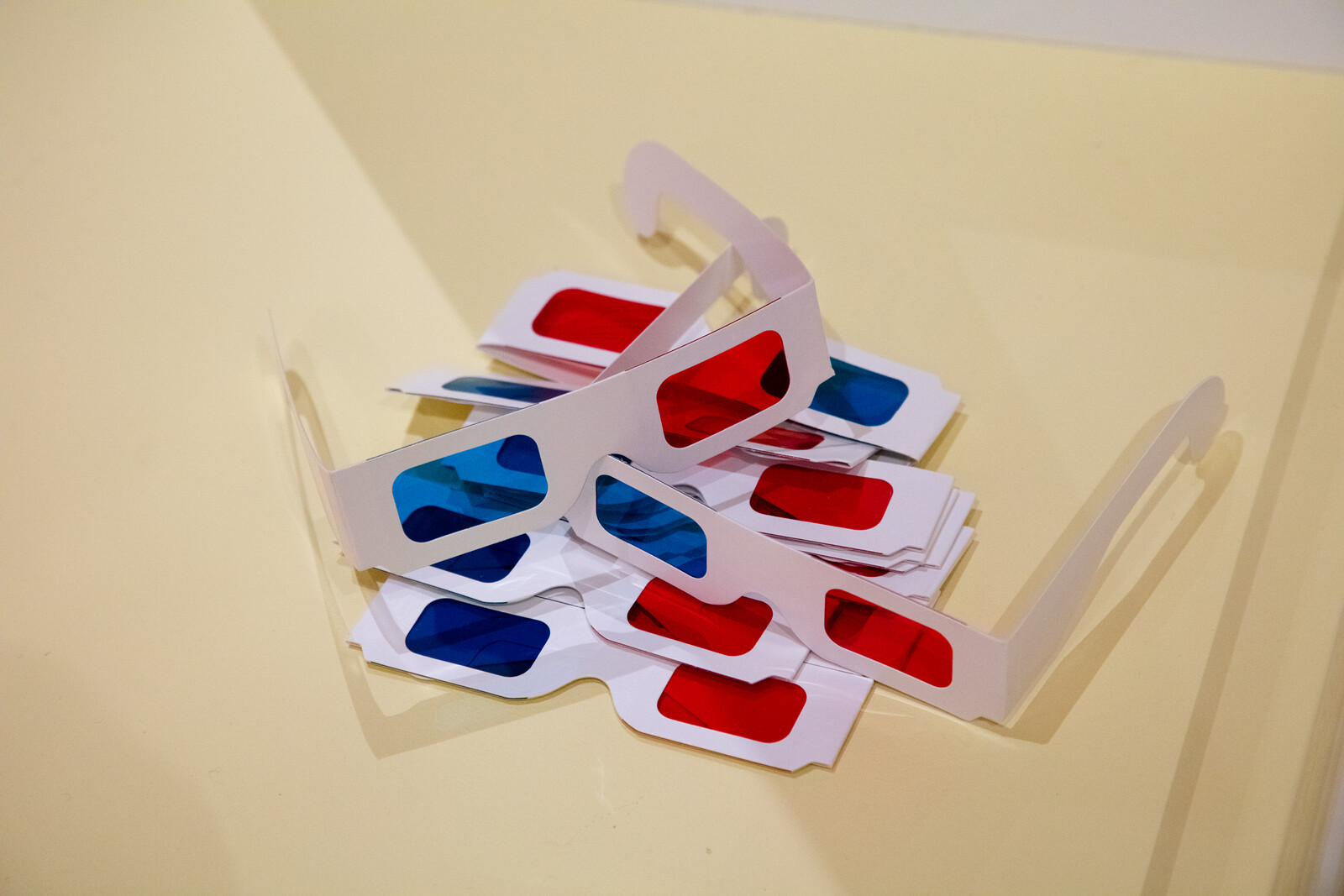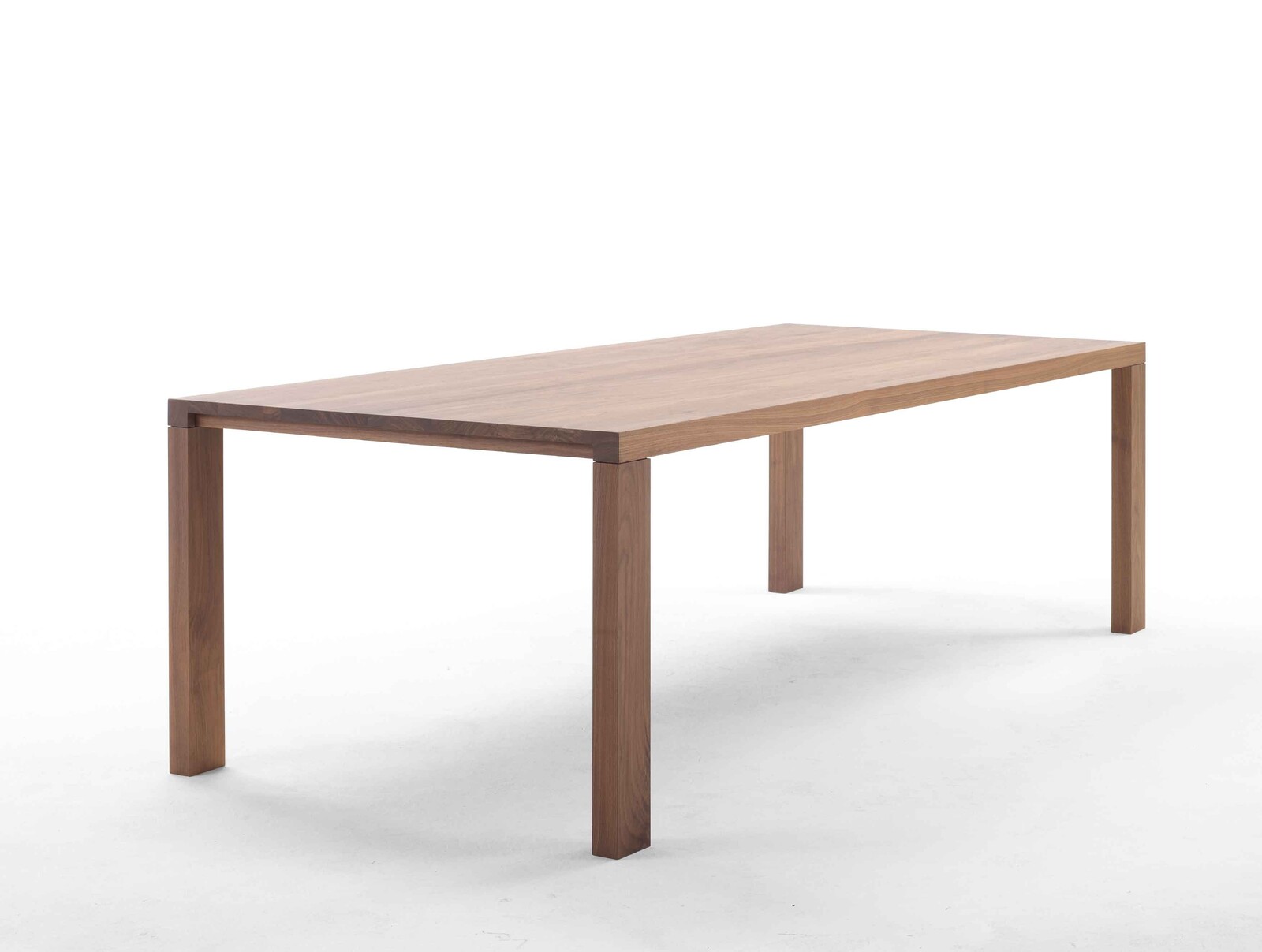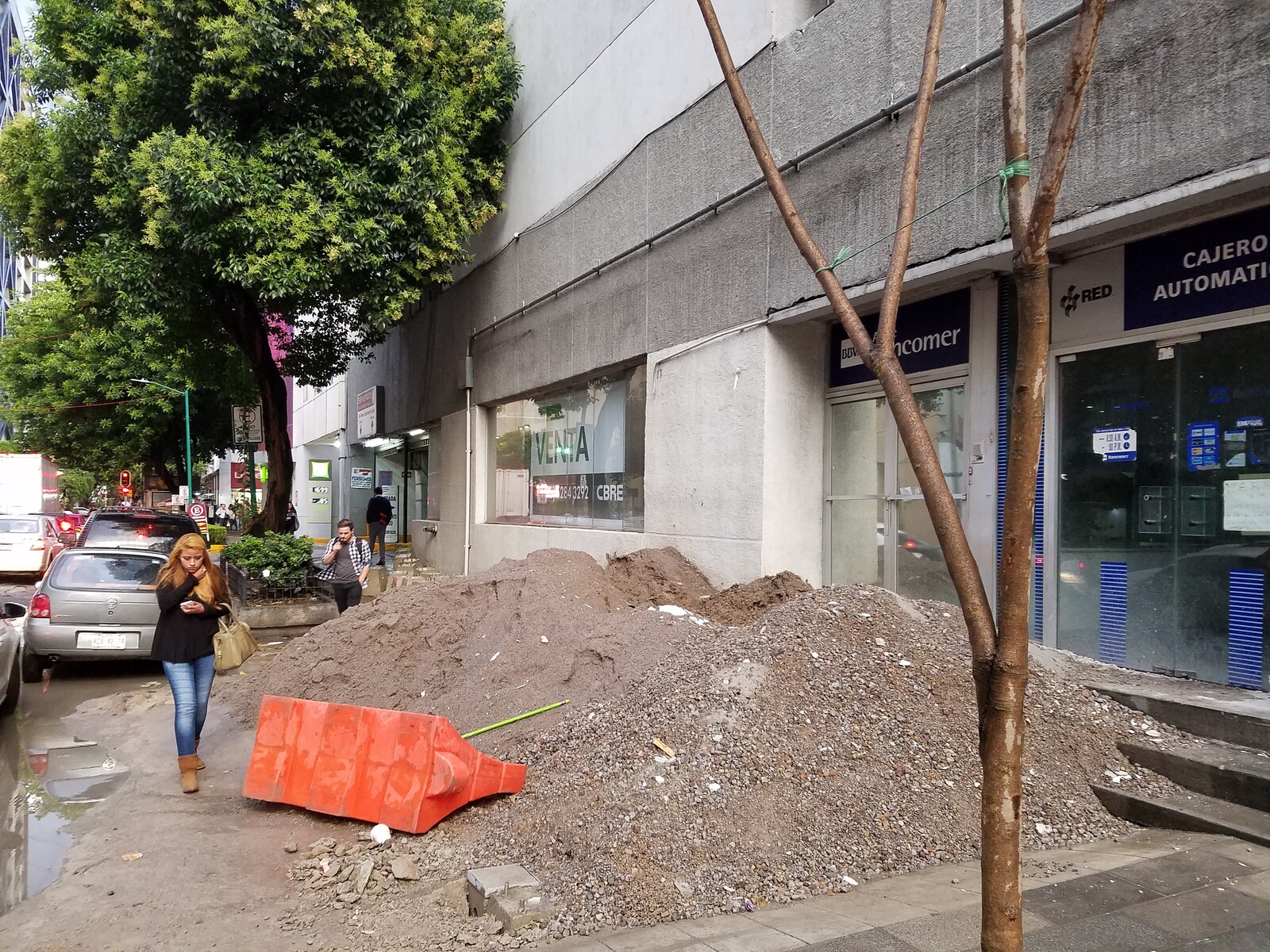In Joan Lindsay’s 1967 novel Picnic at Hanging Rock, a group of boarding school girls in 1900s Australia set off for an outing to Hanging Rock, a distinctive outcropping of tall, striated rocks in the middle of Victoria. Three of the girls and a teacher supposedly vanish, lost to the shadows and sleet of the former volcano. While the novel and the 1975 film adaptation by Peter Weir are fictitious, Hanging Rock is a real place, as was the forced removal of its traditional guardians. According to writer Amy Spiers, the first Europeans made expeditions to the rock in the 1850s, while its traditional guardians had lived near the outcropping for more than 26,000 years, being a place of ceremony for the Wurundjeri, Taungurong, and Djadja Wurrung.1
In Weir’s film, a palpable eeriness speaks to the historical relationship between European settler colonists and the ancestral land they now live upon. While the schoolgirls in the film have not themselves forced anyone from their ancient home, and the complete absence of Aboriginal people is never talked about, the power of Picnic at Hanging Rock is that it can be felt. The schoolgirls’ presence throughout the movie never feels right. Things are wrong from the start. Their already suffocating Edwardian clothing is even more so in the Australian climate. When they do laugh it is more unnerving than of glee. And from scene to scene, something is simply missing in their eyes. No one invited them there, but because of the actions of their fathers and grandfathers, there is no one to invite them there. This unmentioned violence powers the unsettling, unseen mood of the movie.
This same Antipodean eeriness and ethereality gives potency to the 2023 Australian Pavilion “Unsettling Queenstown,” curated by Ali Gumilya Baker, Anthony Coupe, Emily Paech, Sarah Rhodes, and Julian Worrall. Upon reading the title, I immediately thought of Queenstown in Aotearoa New Zealand, a tourist town a few hour drive from where I grew up. But of course, there would also be a Queenstown in Australia, and not just one, but two. In fact, there are eleven Queenstowns across the world, in Canada, Guyana, Singapore, South Africa, England, and the United States. There is a Queenstown on every continent on Earth except for Antarctica. Wherever there is a Queenstown, indigenous land has been overwritten with names and symbols of British colonialism.
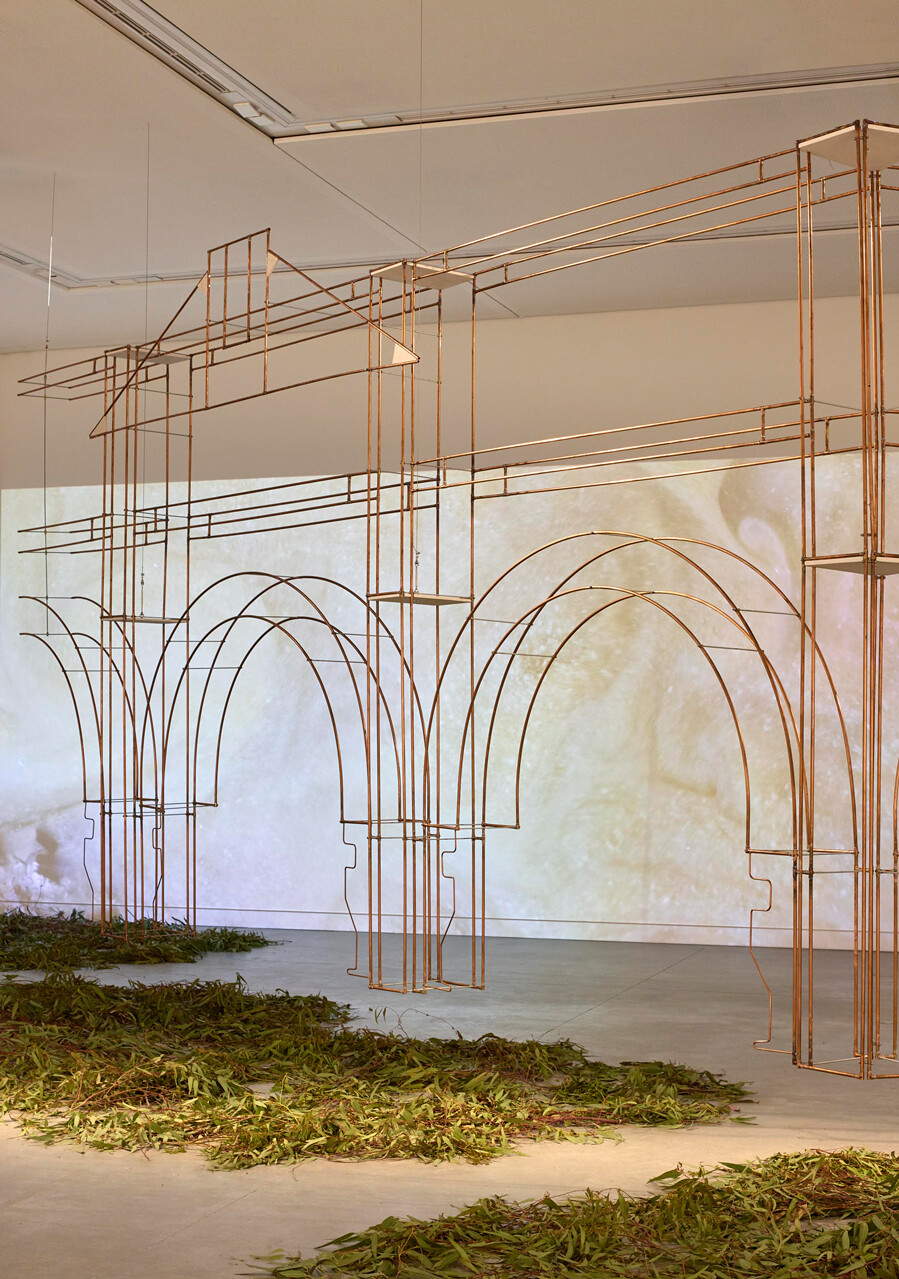

“Unsettling Queenstown,” the Australia Pavilion at the 18th International Architecture Exhibition, La Biennale di Venezia. Photo: Tom Roe.
The Australian Pavilion focuses on both of the country’s own Queenstowns, one a colonial copper-mining town in Lutruwita/Tasmania, and the other in Kaurna Yarta/South Australia. In the center of the room, a copper “line drawing” of a colonial façade hangs above sparse beds of eucalyptus leaves. The scaled structure traces a segment of the Empire Hotel in the Queenstown of Lutruwita, a building that was designed in the nineteenth-century Italianate style with an arched belvedere (“belvedere” meaning “beautiful view” in Italian). The Empire Hotel was built in 1901, the year that Aboriginal and Torres Strait Islander peoples were written out of the Australian Constitution. 122 years and 14,000 kilometers later, the ghost of this Australian belvedere finds itself in the city of belvederes, appearing in the words of the curators as “variously dream, memory, promise or ruin.”2 The belvedere floats above but never touches a scattering of dried gum (eucalyptus) tree leaves on the floor, which act as its shadow. Gum tree leaves are used throughout Aboriginal ritual in Australia, but here they have been sourced from Sicily. The species of eucalyptus most common to Italy, and the ones used in the Pavilion, are the same as those found in Lutruwita and Kaurna Yata—blue and river red gums respectively.
In front of the hanging sculpture, a video stretches across a sixteen-meter-wide focal wall containing footage from Australia’s two Queenstowns. The entirely wordless, humanless videos depict ambient strolls across the haunted landscapes. There are no schoolgirls, no teachers, no settlers, no miners; only the consequences of their actions. The landscapes is presented in detail and in varying states of recovery, made toxic from copper extraction and barren from acid rain. Hint of plants occasionally emerge and offer glimmers of hope, but the vastness of extraction is what predominantly shows through. Two benches with headphones allow visitors to sit and listen to oral stories from Elders, miners, loggers, and artists from the Queenstowns.
Standing across the room from these two videos, through the copper wire façade, is a series of design projects collected via an open call that demonstrate how decolonization is being “worked out” in practice, from community projects and after-school buildings to underground mapping and beyond. Hidden Rippon Lea, by a team led by Laura Harper, uses an app-delivered soundscape and augmented reality experience to retrace a Boon Wurrung Country site in Nairm (Melbourne). Shrinking Yourself, a collaboration between Blaklash, an Aboriginal design agency, and Deicke Richards Architects, embraces documentary and illustration to reject “production-based and time-driven architecture.” Making Visible, by Lucinda and Susan McLean, is a cyanotypic record of an Indigenous garden regenerated by mother and daughter. While dense, this open archive is designed to be taken with you, with pre-punched holes and rivets that allow visitors to compile their own micro-archive to read at a later time, in a less discourse-saturated environment.
After being absorbed in the ethereality of the film, it feels overly sober to engage with cartographic critique and floorplans. While these are worthy endeavors, it simply feels too soon to engage with anything pragmatic; the act of reading itself too cerebral. Throughout the Biennale, big and often opaque concepts like decarbonization and decolonization are related first and foremost to feeling. By first creating a sensory and emotional change through ghostly sculpture and unsettling scenescapes, and then providing archival doggy-bags to take home, the Australian Pavilion is able to achieve both the emotive impetus for delving into these concepts, and a wealth of material to be learned from and worked with later.
Amy Spiers, “What Really Happened at Hanging Rock,” Vice, February 3, 2017.
“Belvedere Ghost,” Unsettling Queenstown, April 28, 2023.
Positions is an independent initiative of e-flux Architecture.
Subject
This essay was commissioned as part of a collaboration between e-flux Architecture and alumni from the fourth cohort of New Architecture Writers to publish reviews of the 2023 Venice Architecture Biennale and Lesley Lokko’s 18th International Architecture Exhibition, “The Laboratory of the Future.”



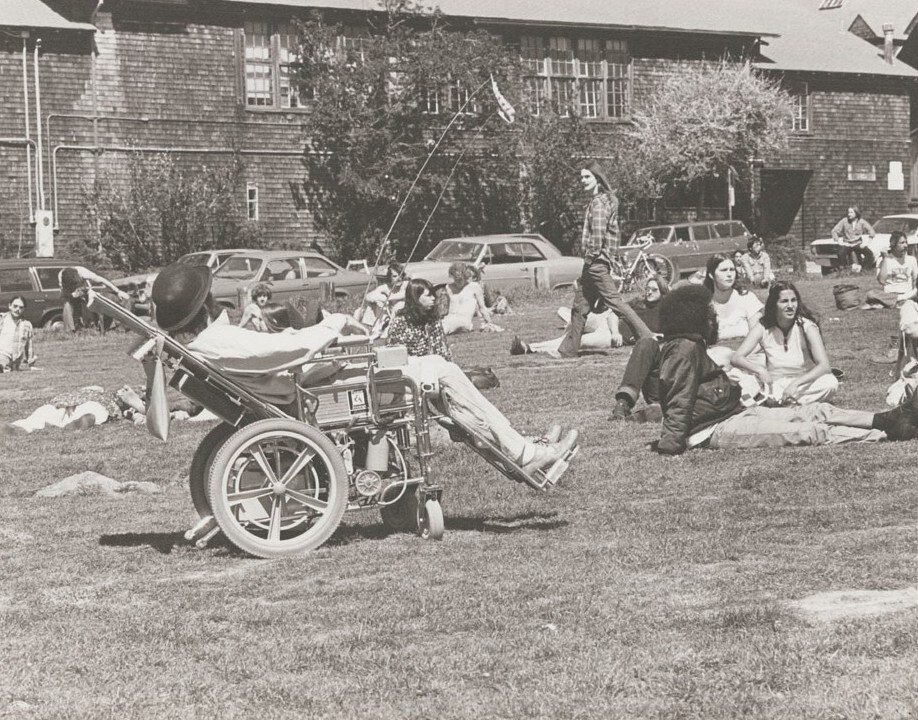
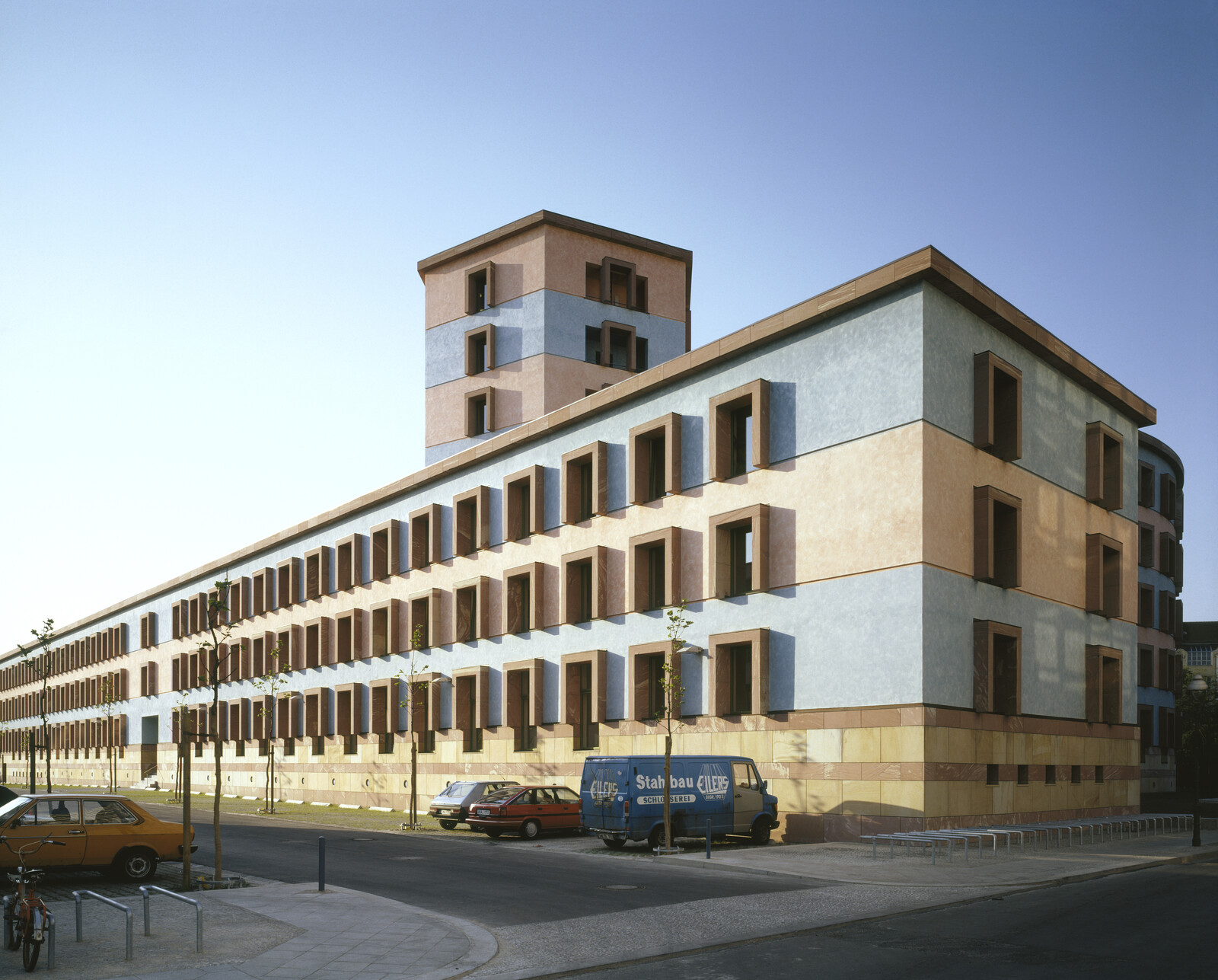
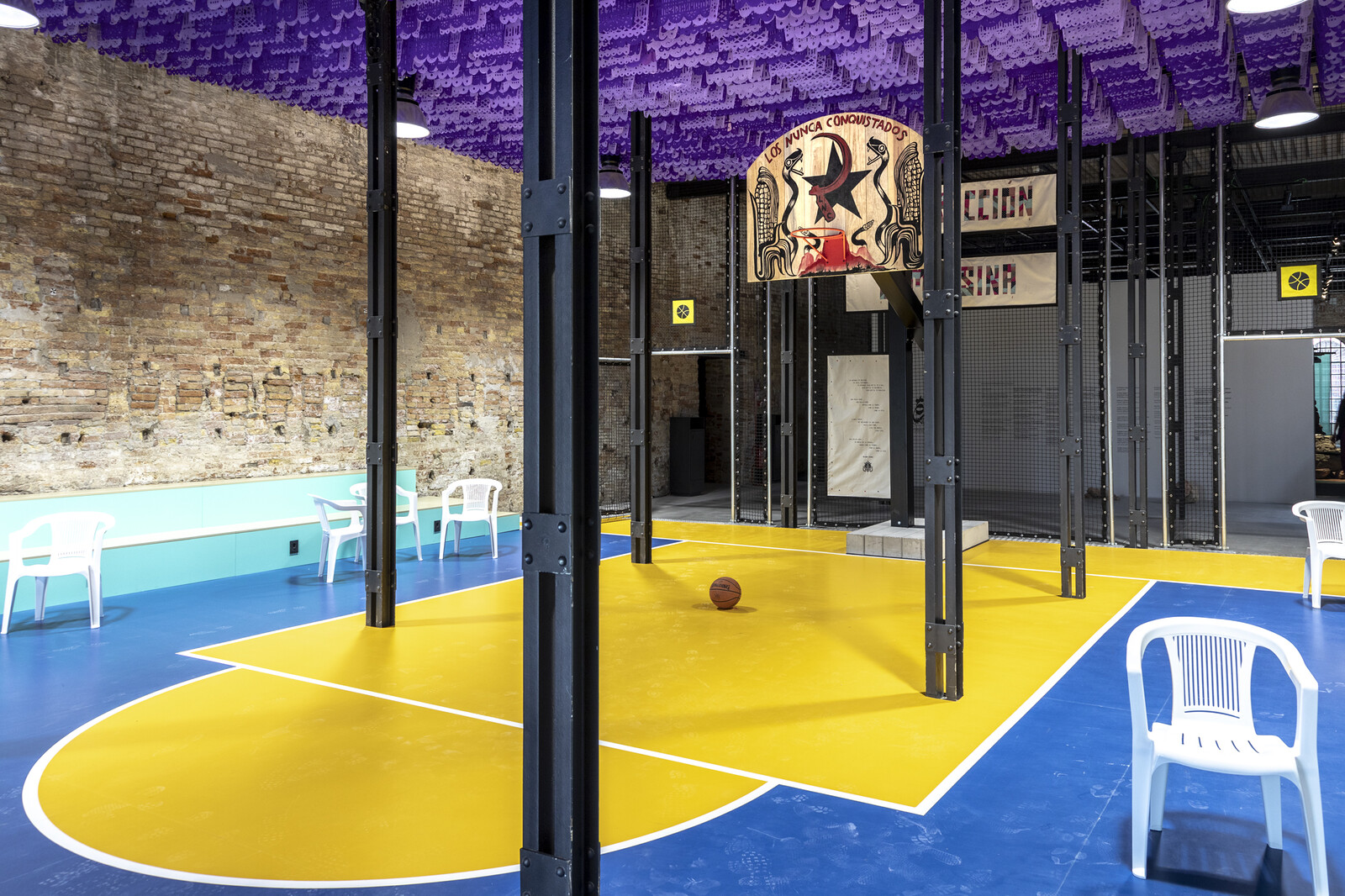
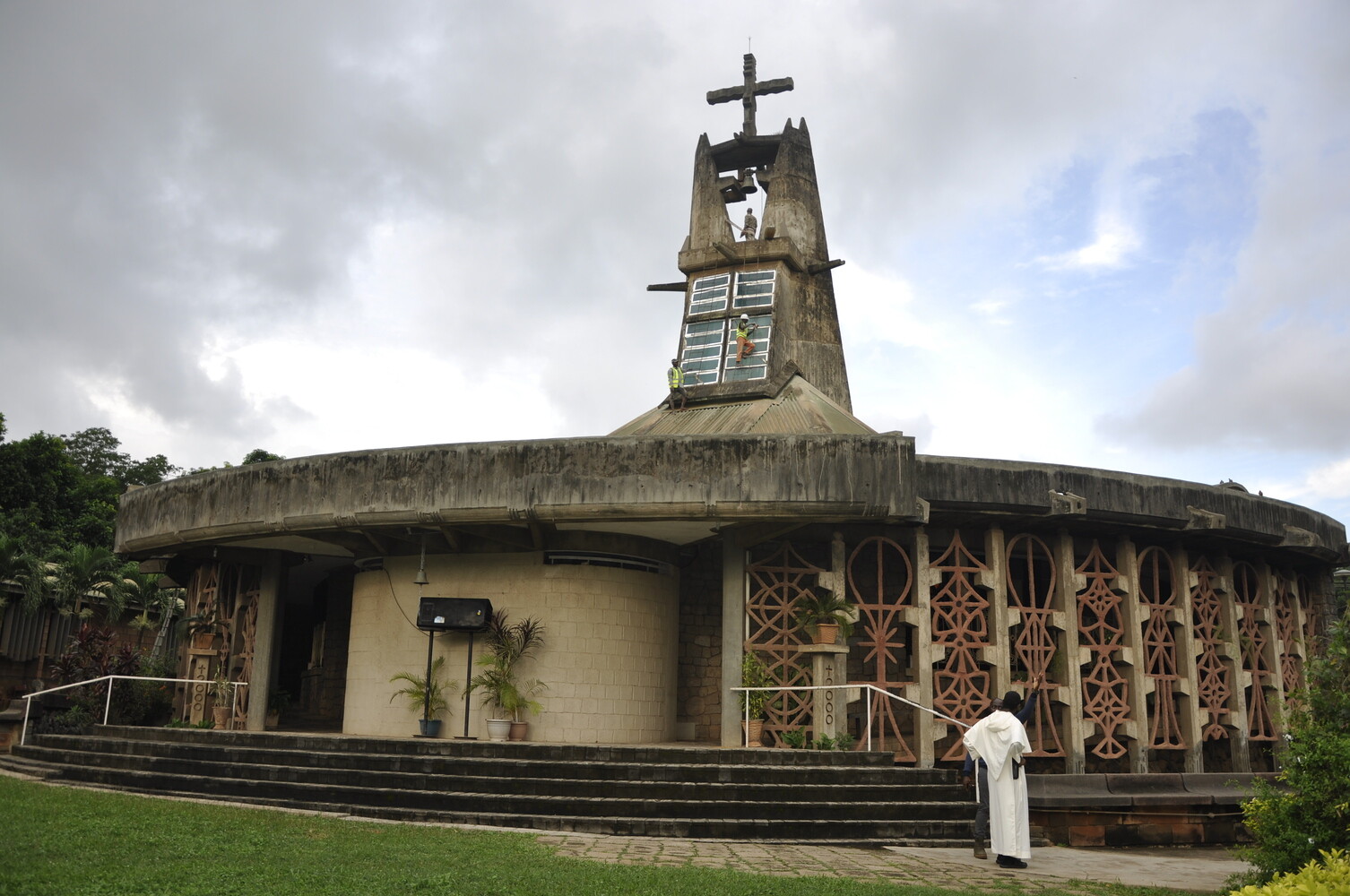
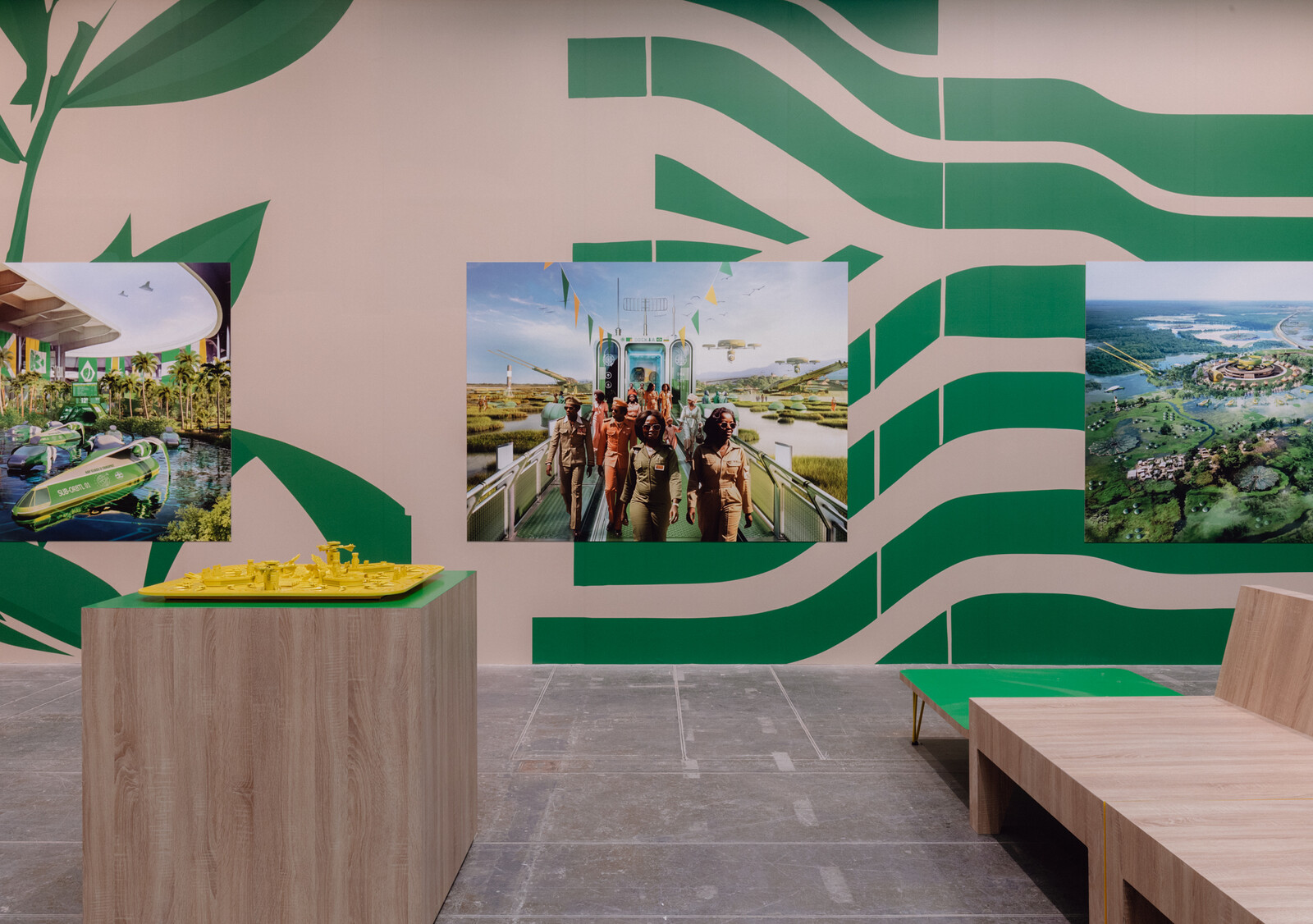

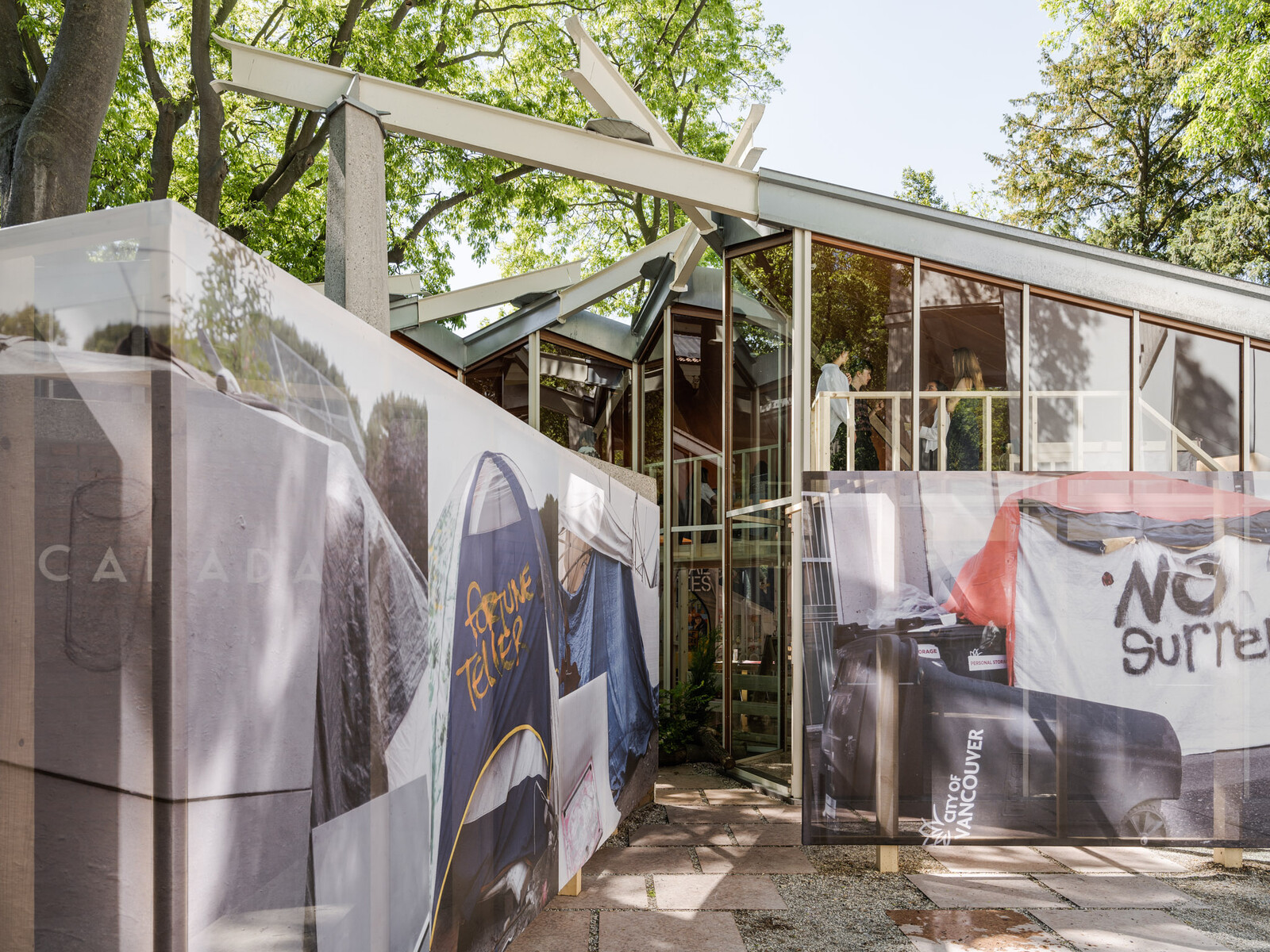
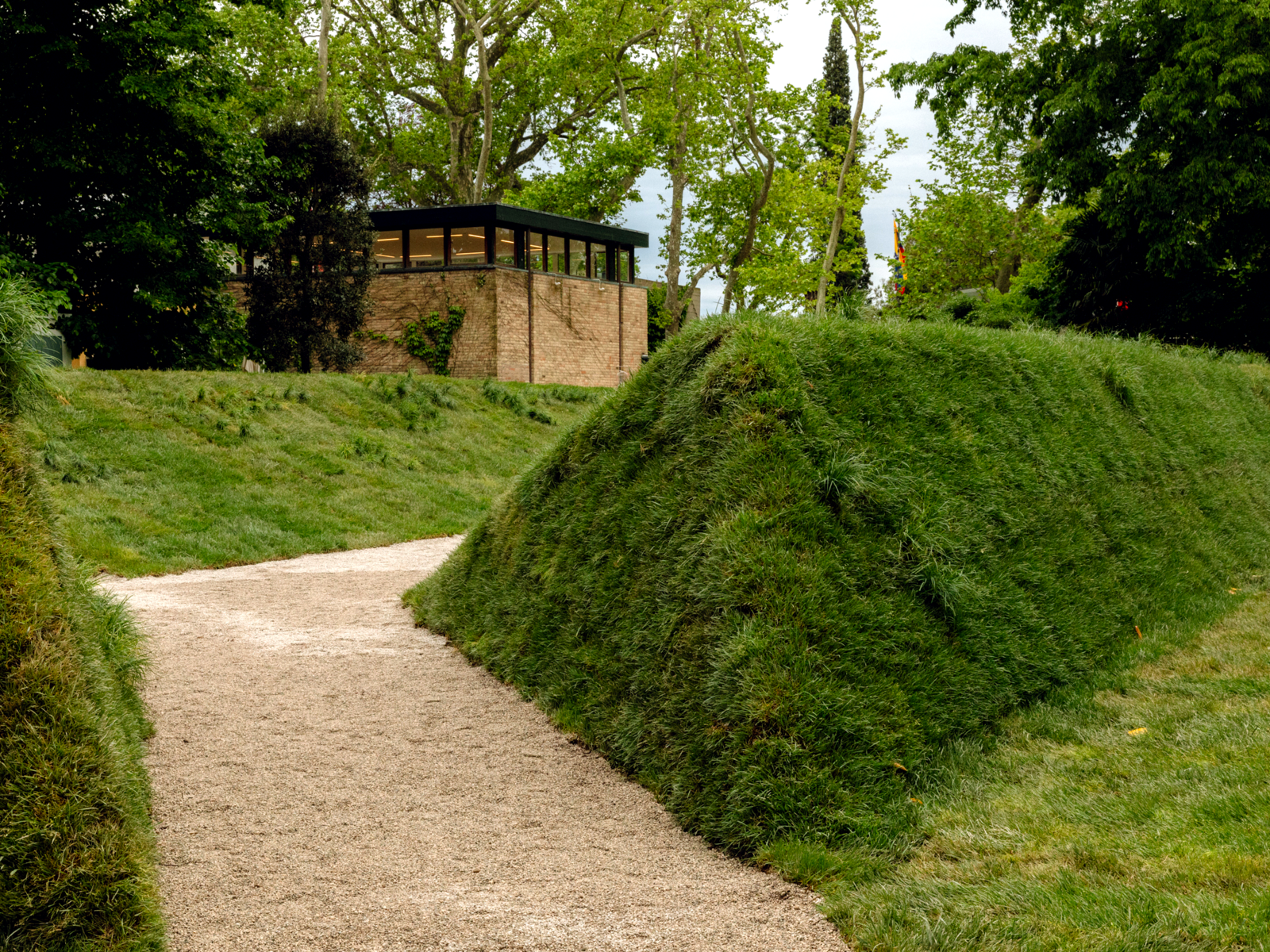
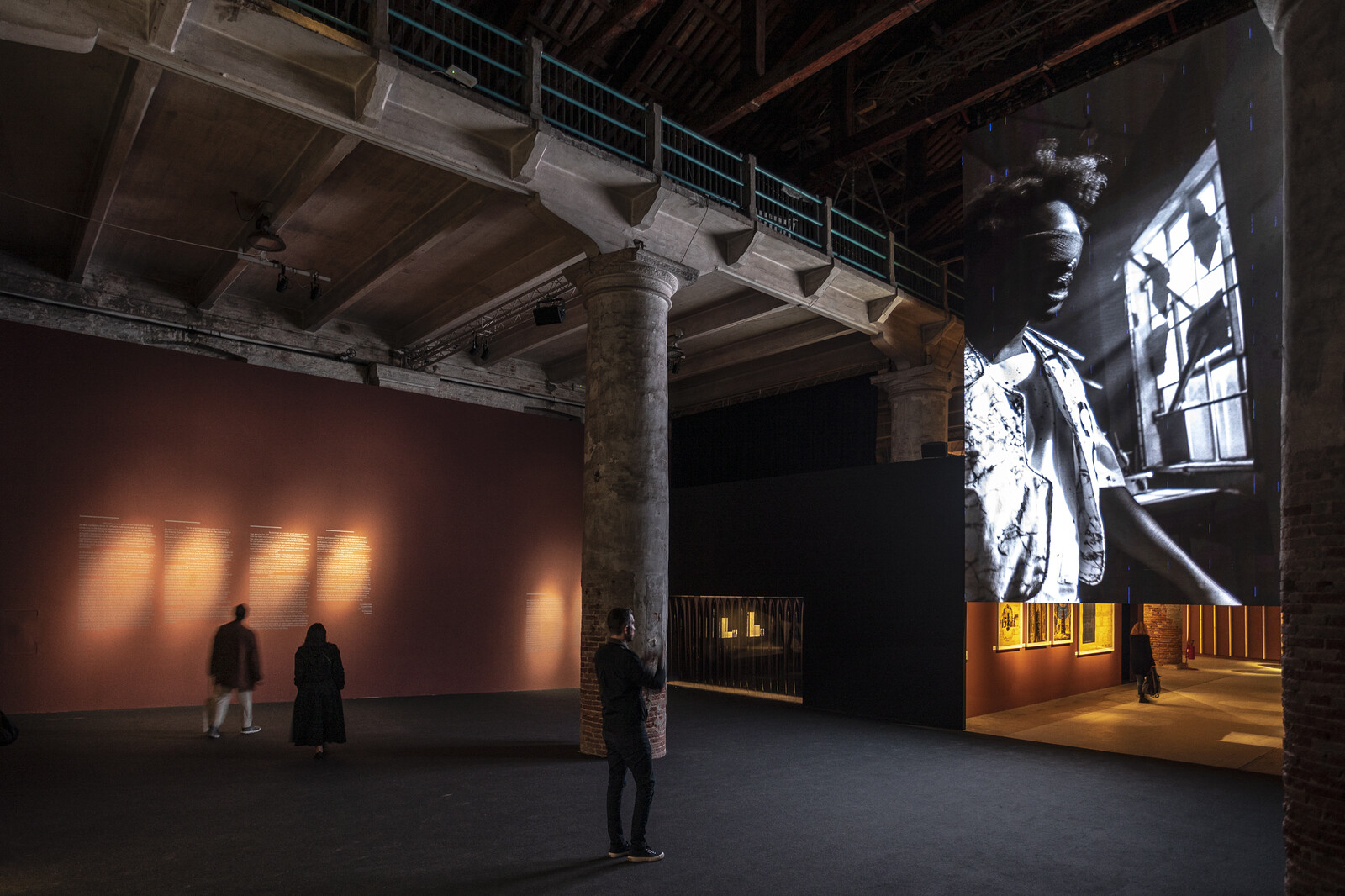
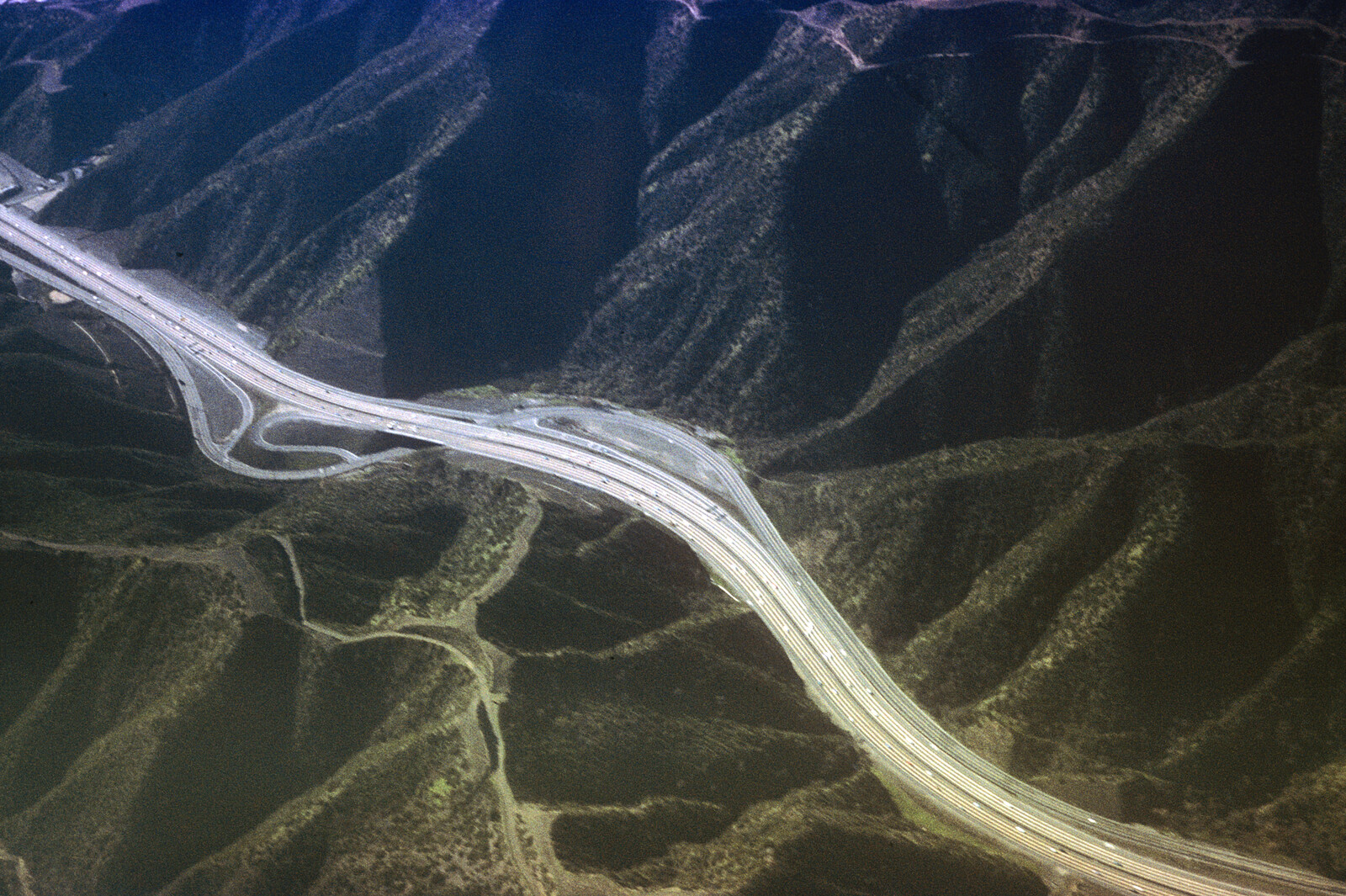
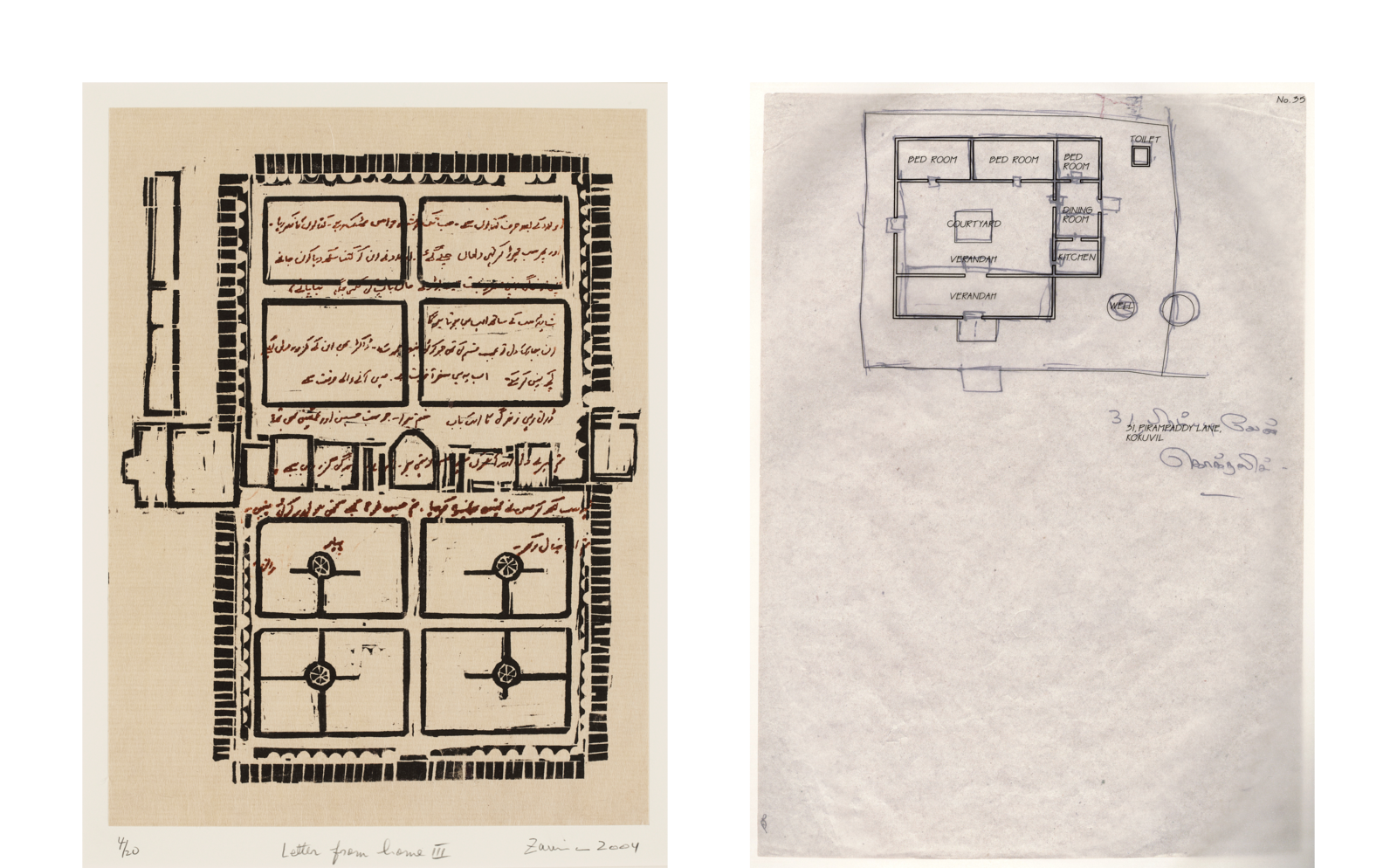

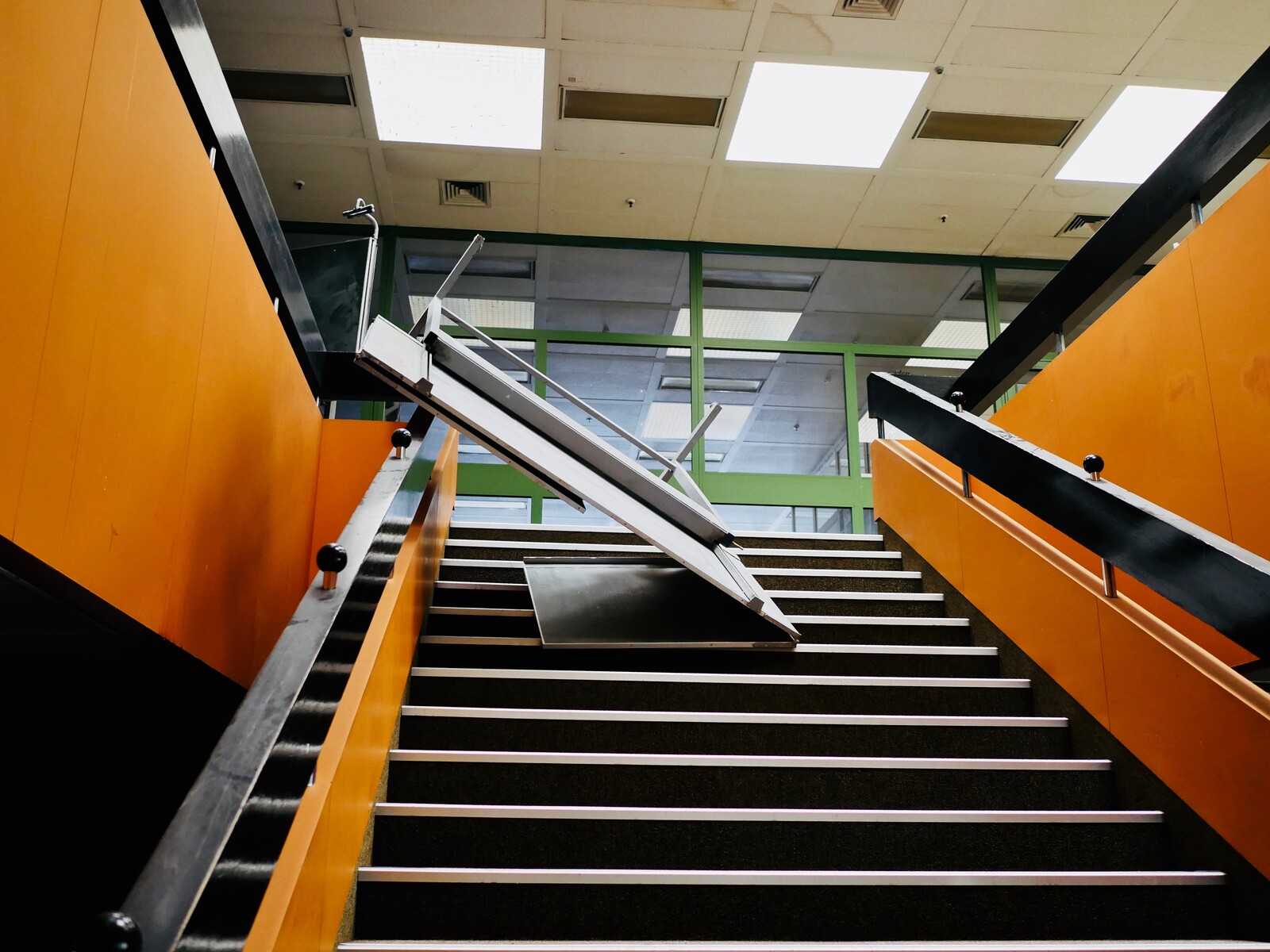


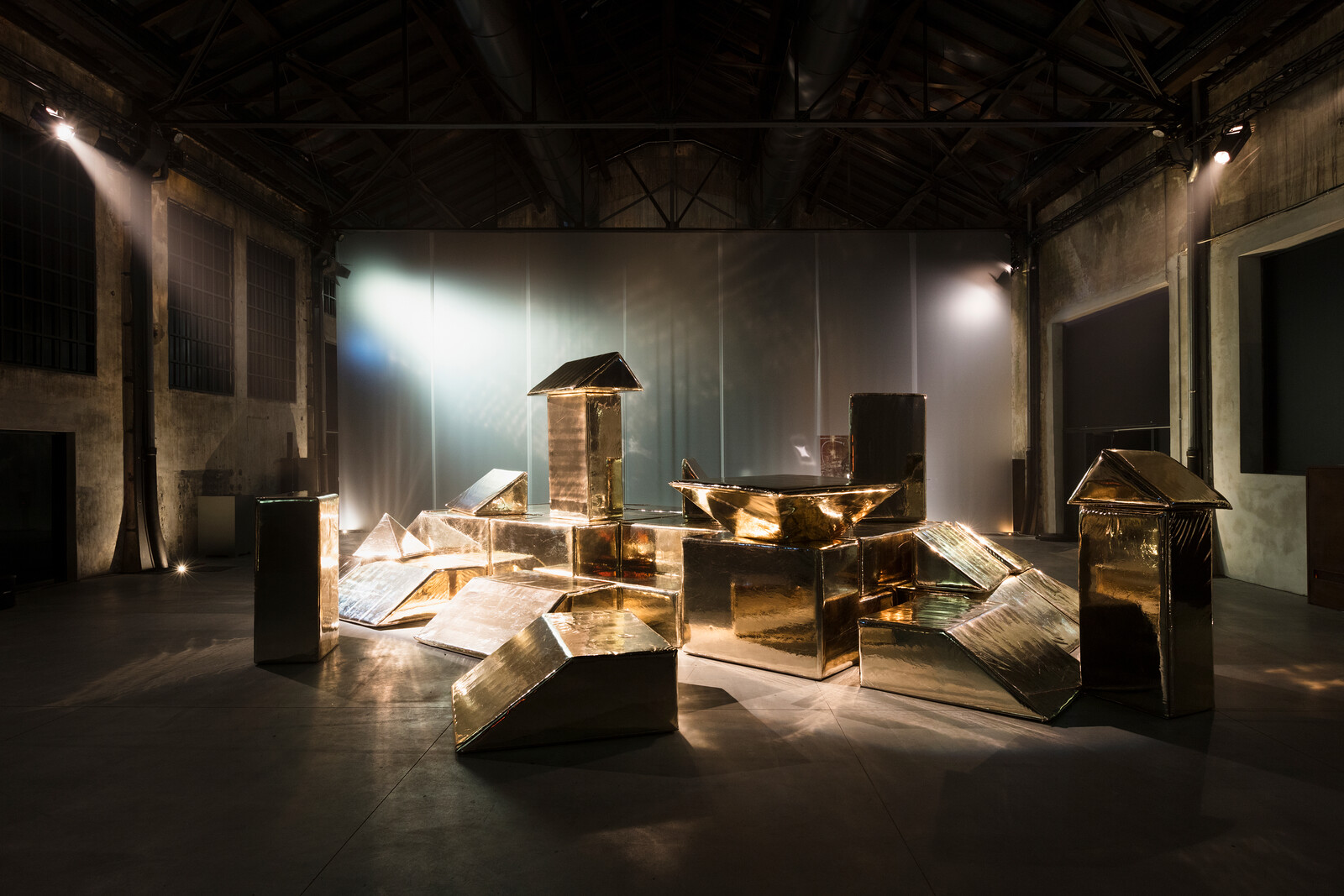
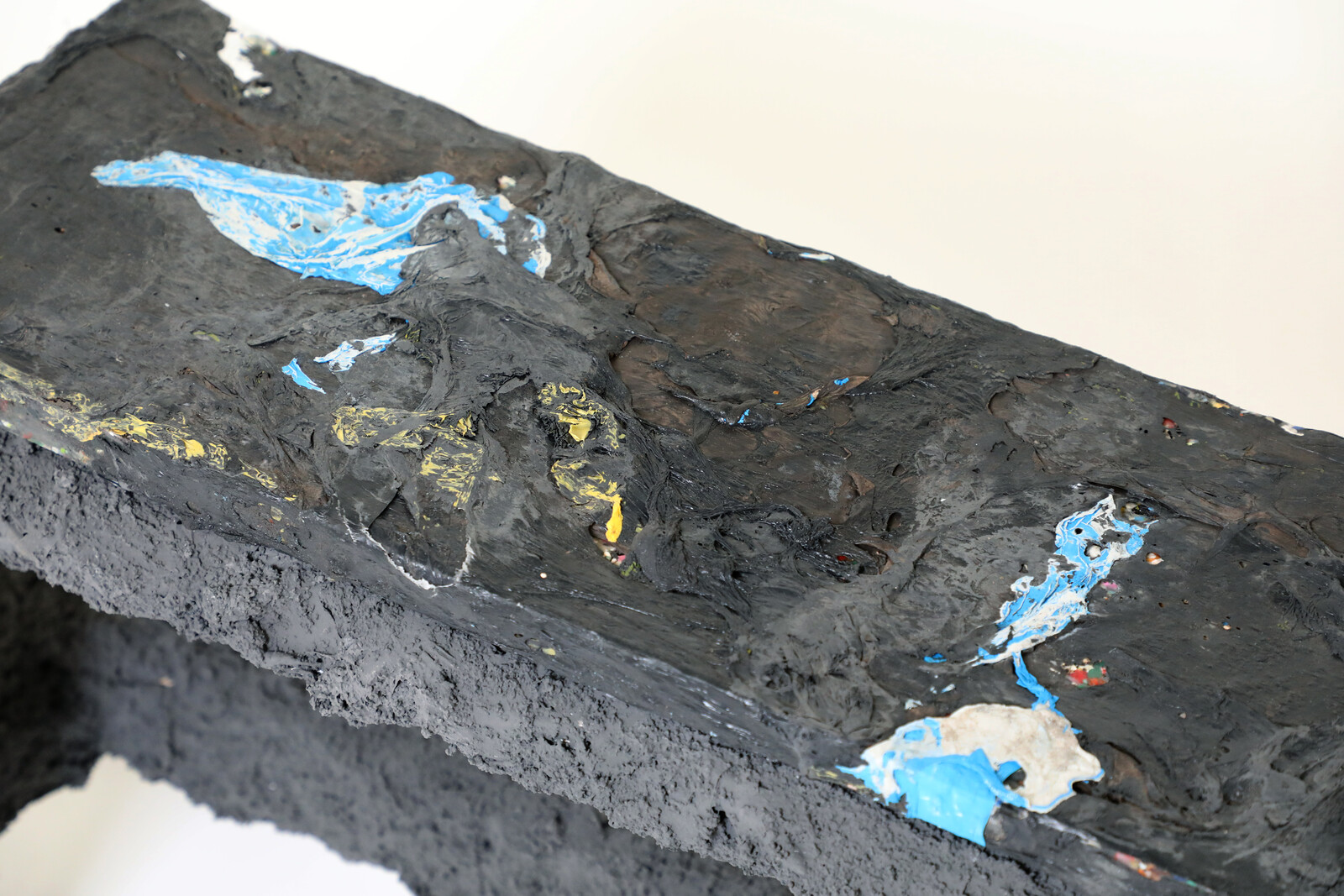
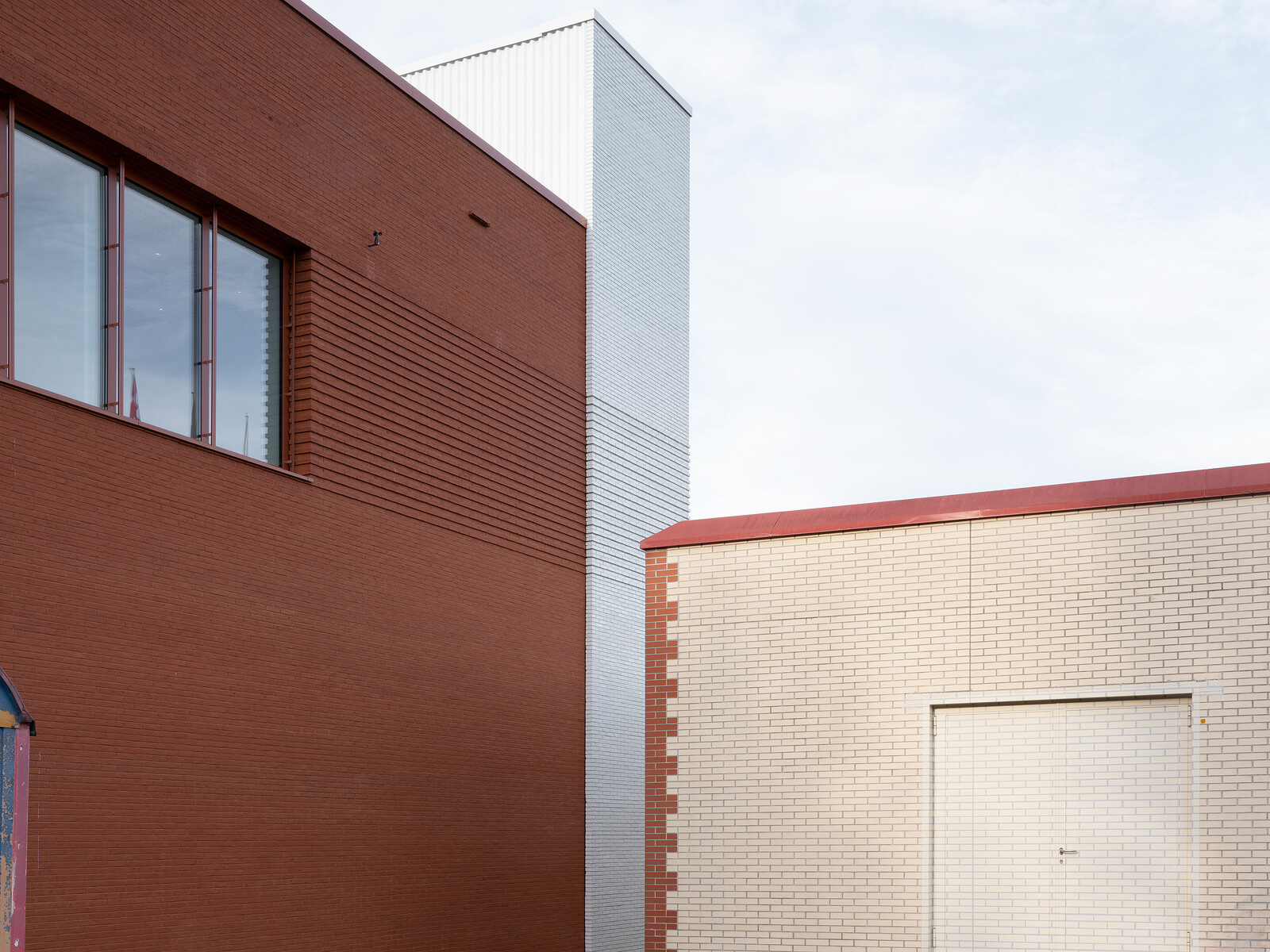
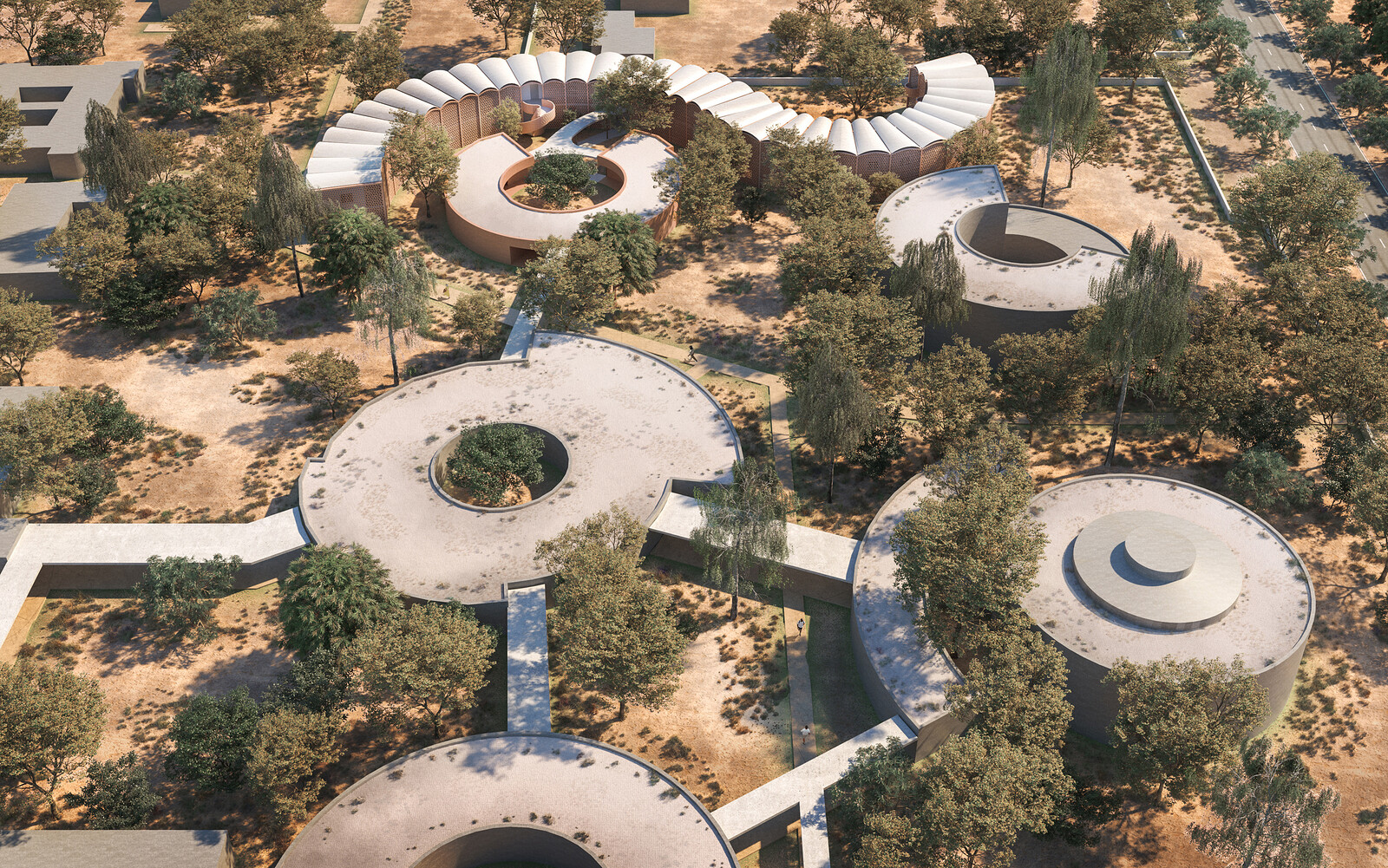
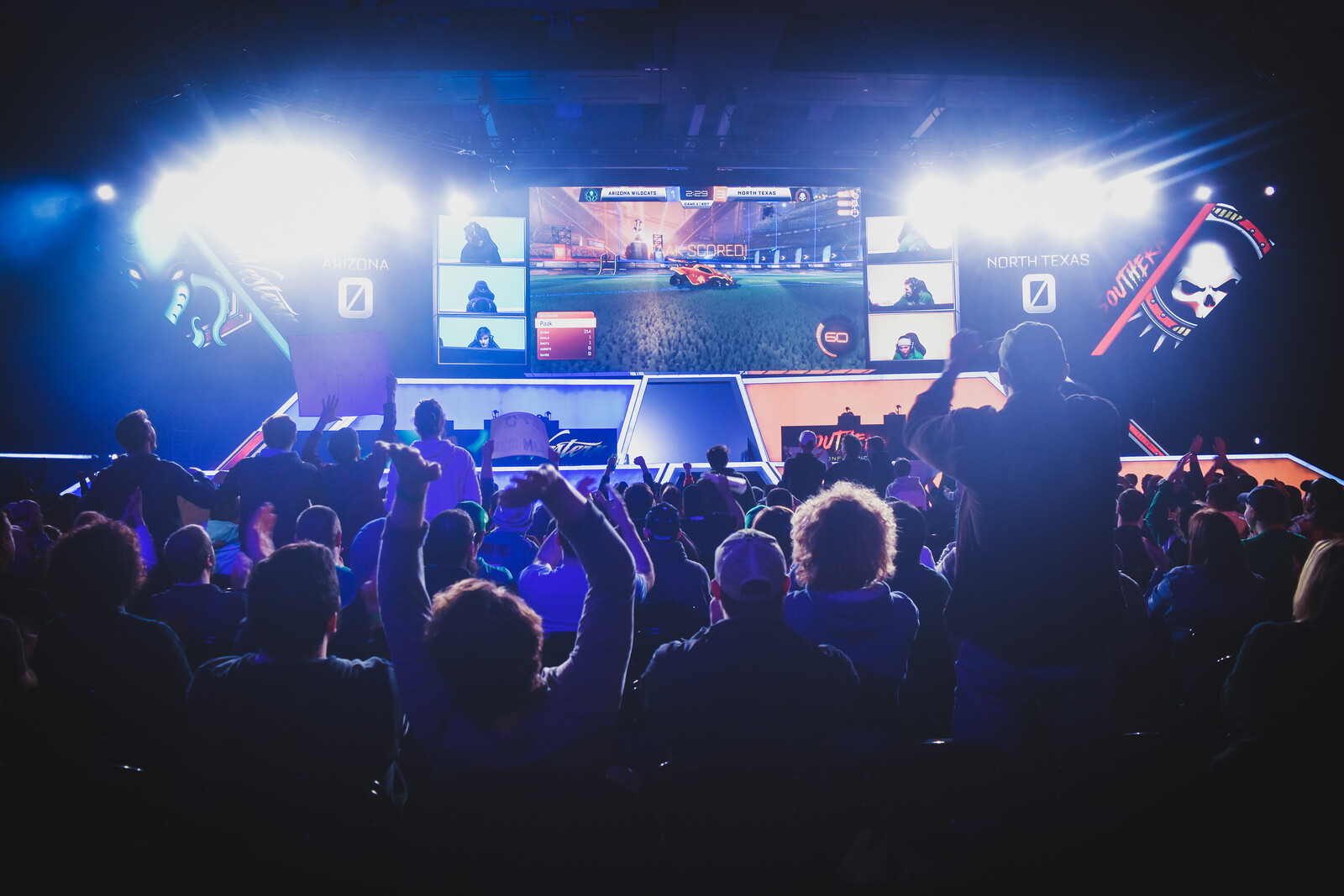
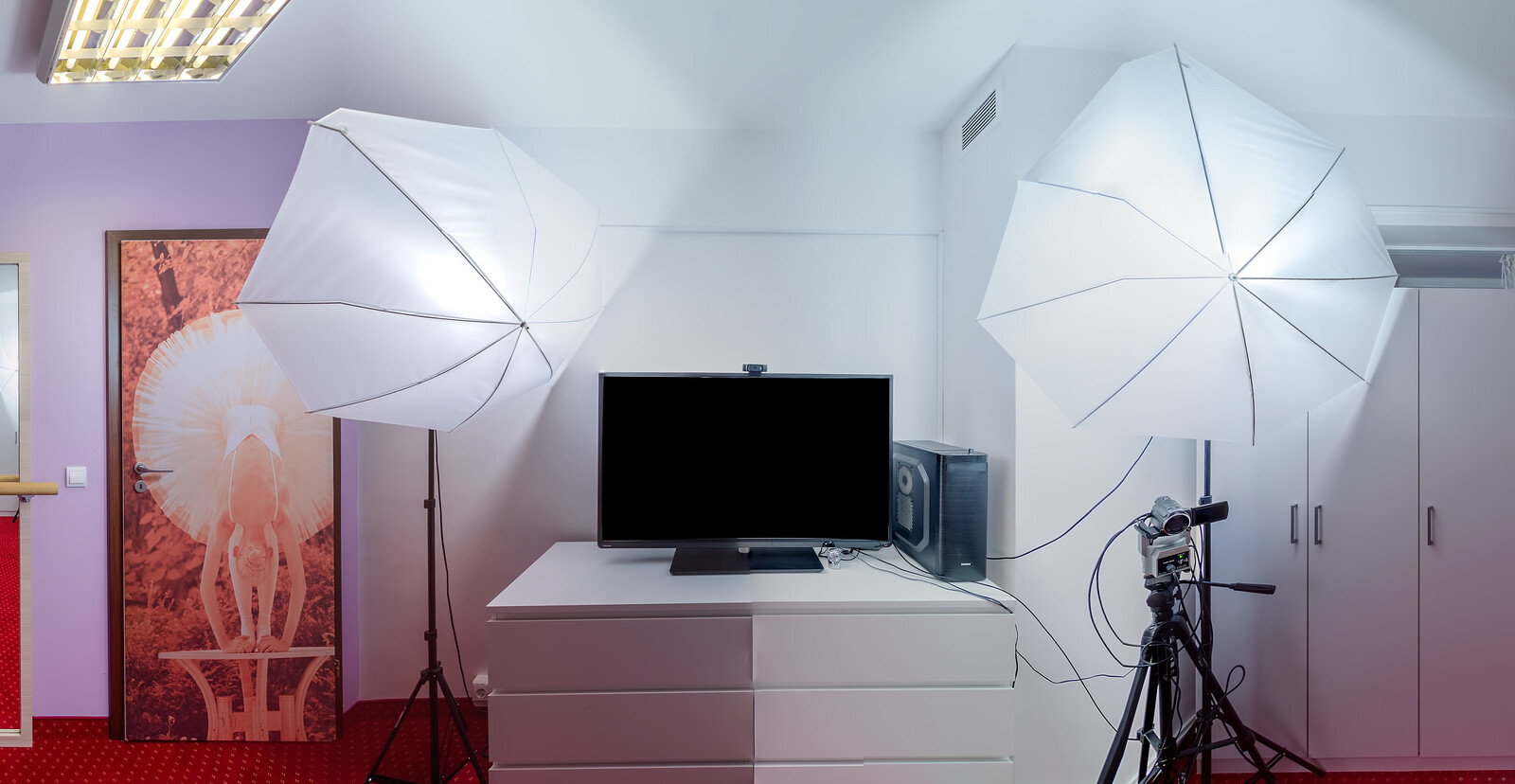

(2014).jpg,1600)

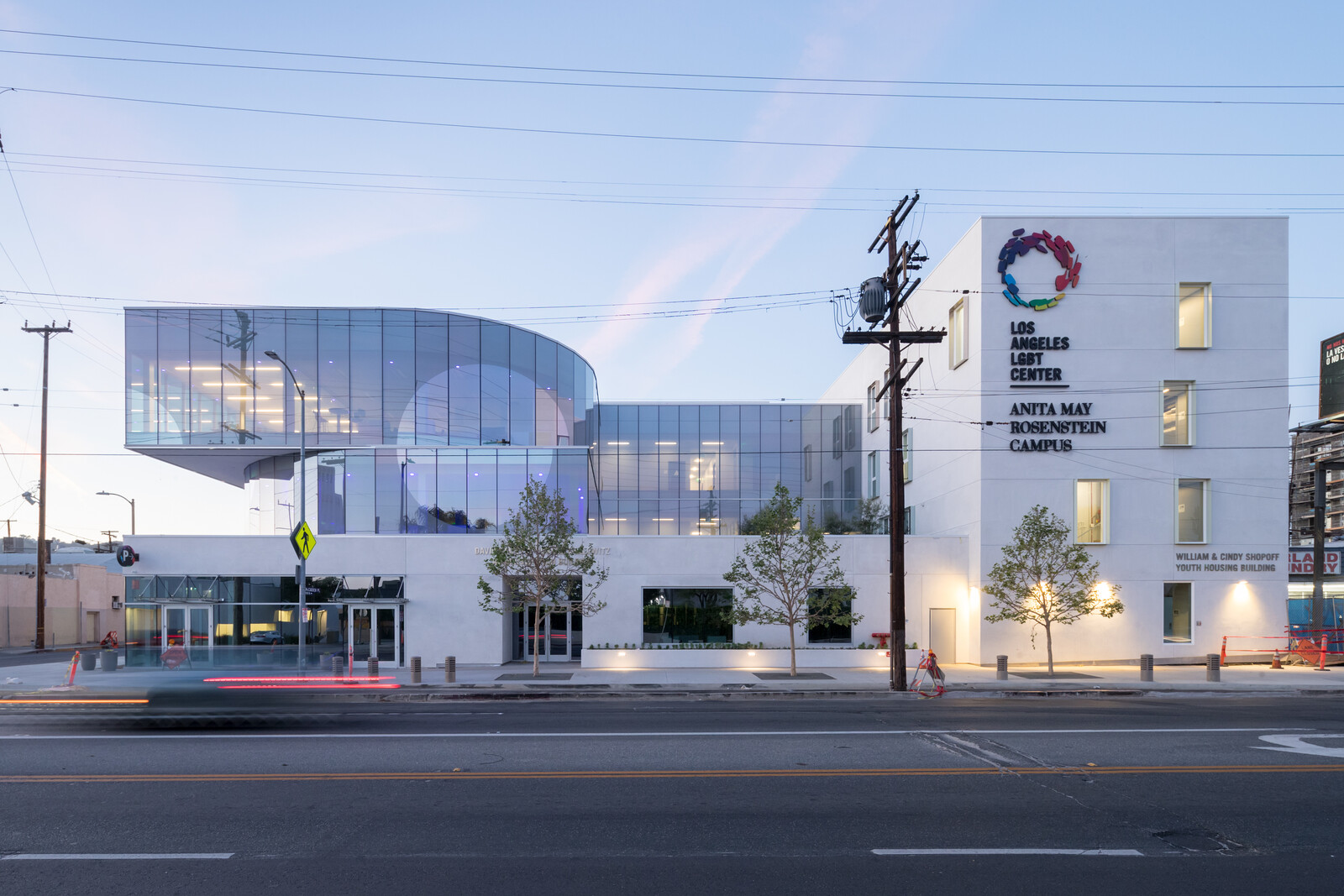




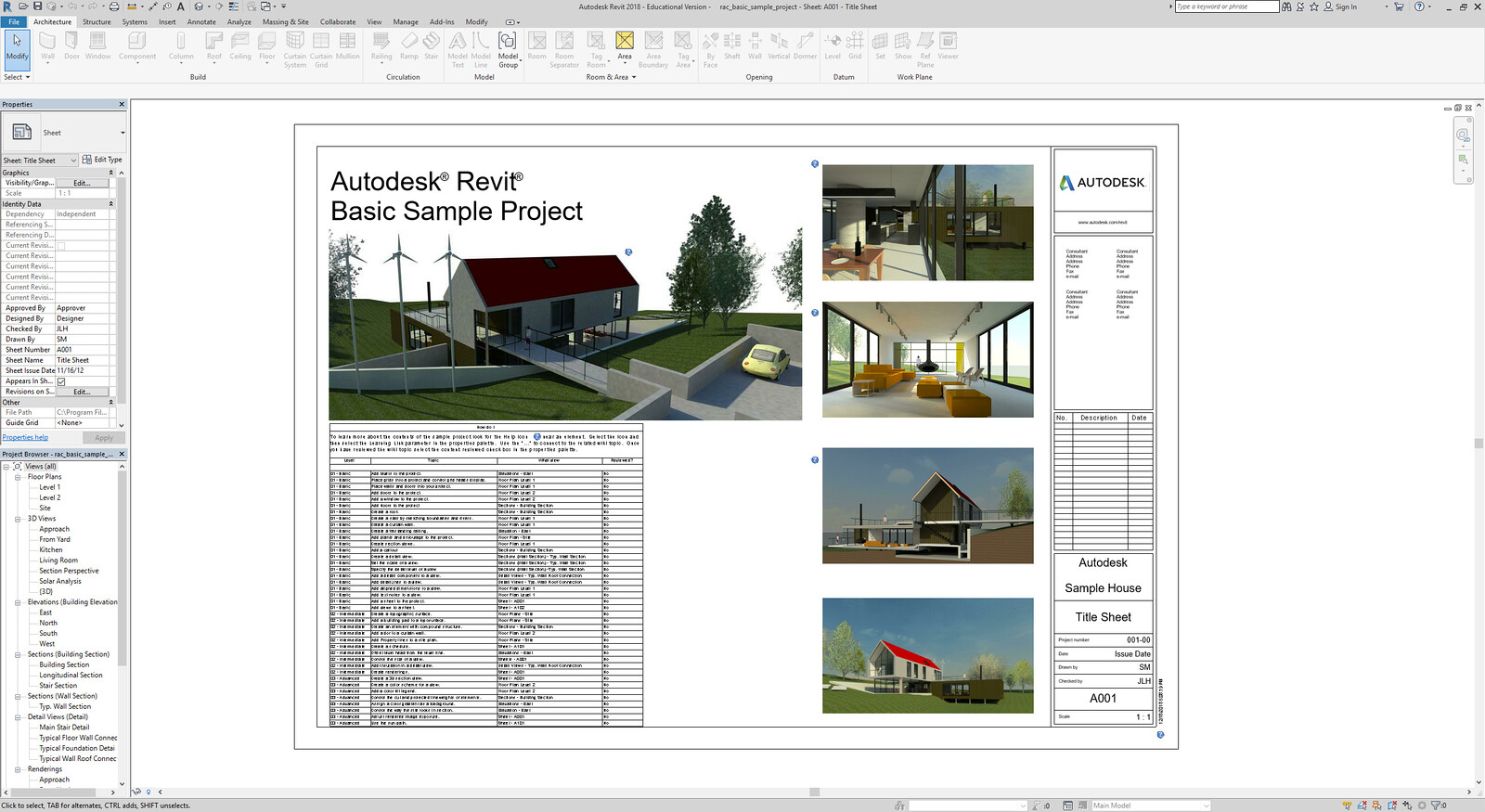



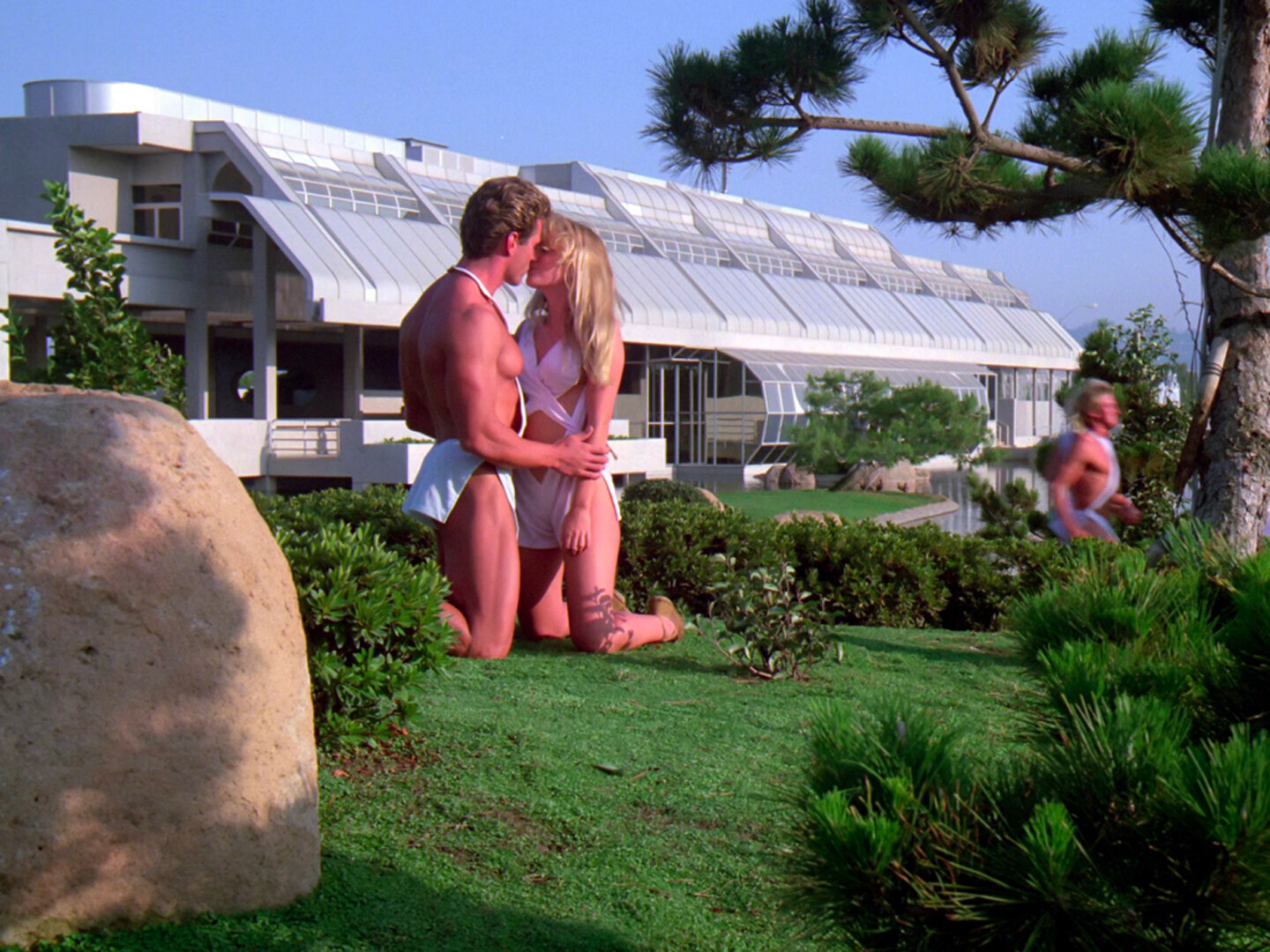
,-2003,-srgb.jpg,1600)
